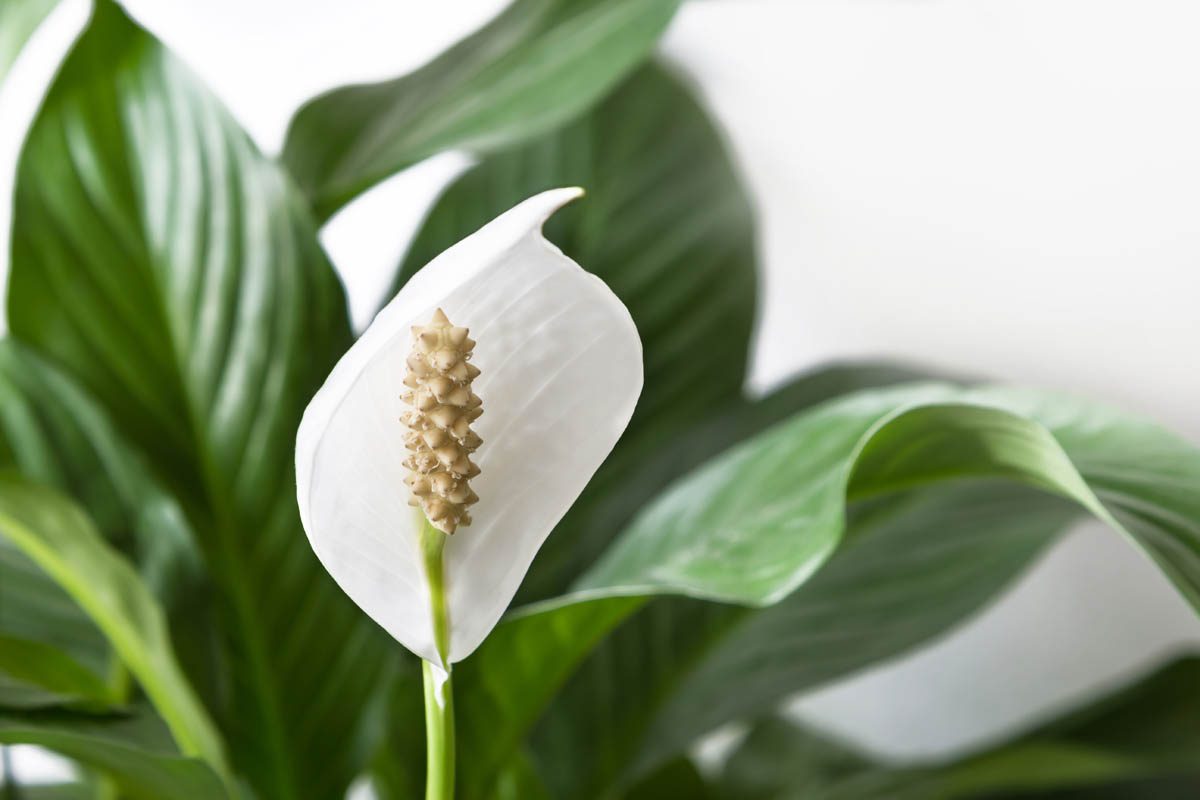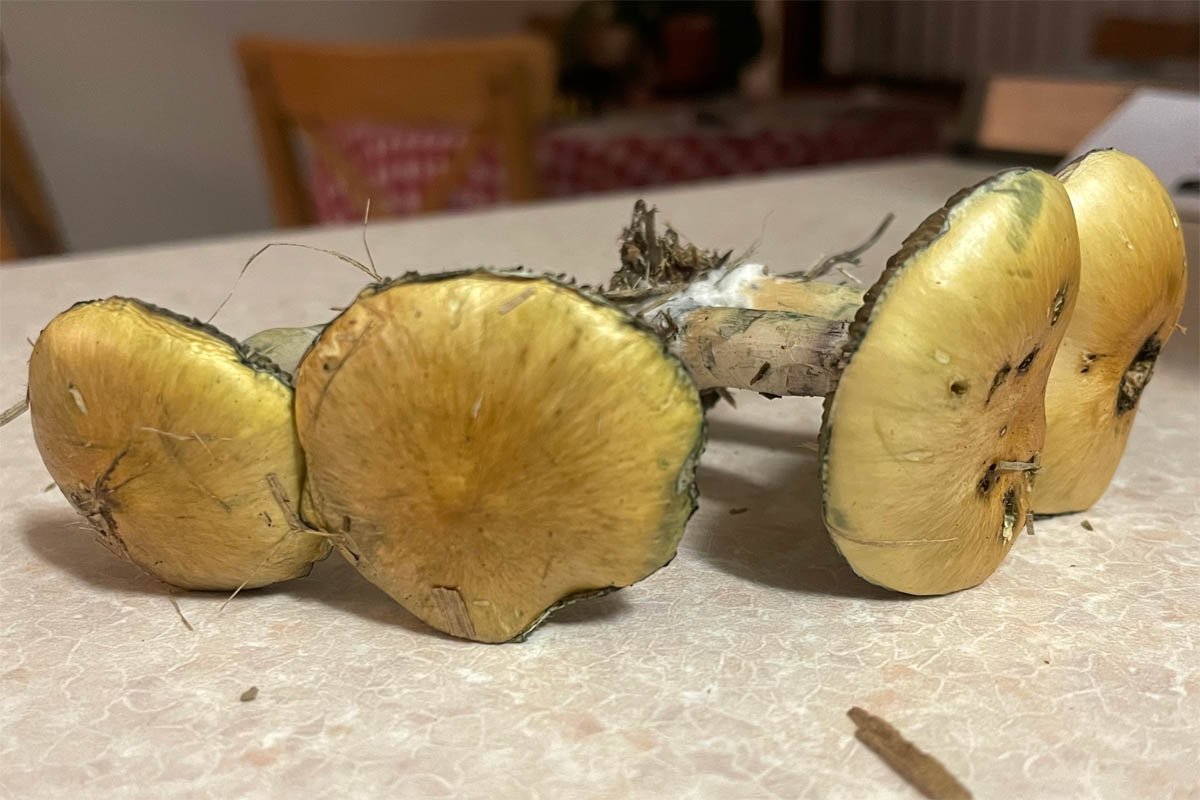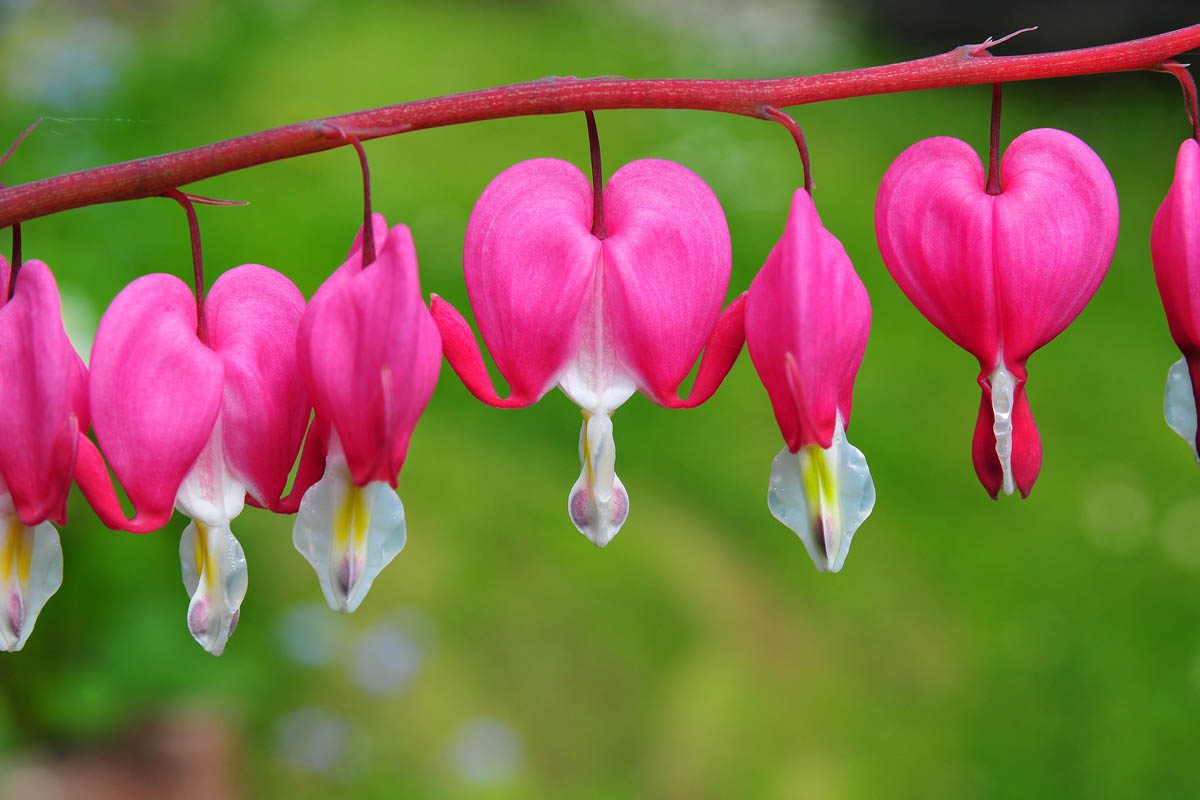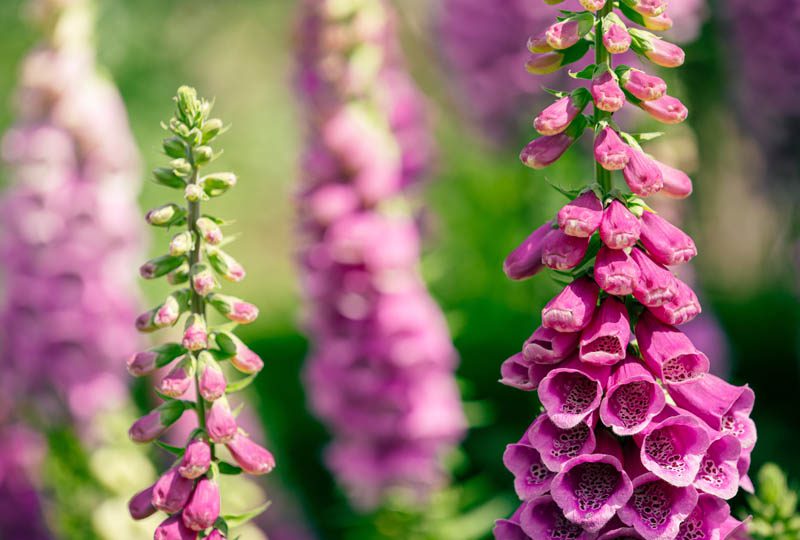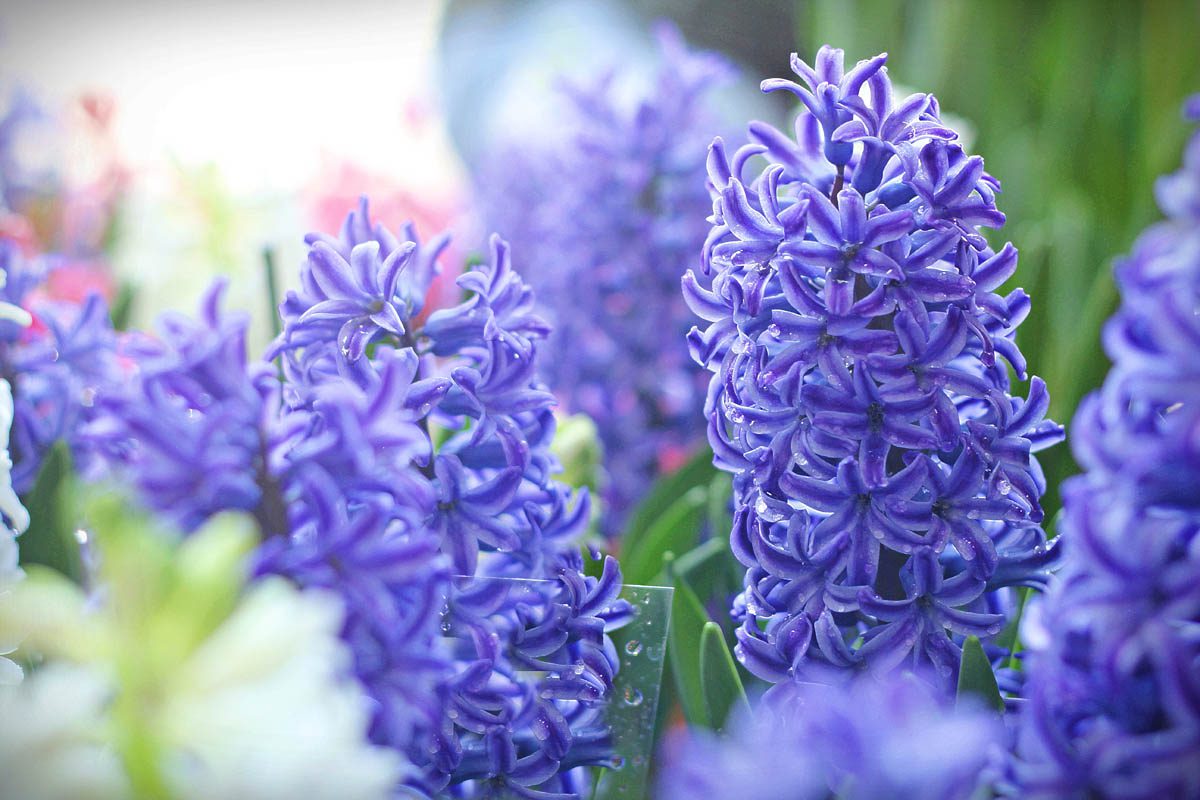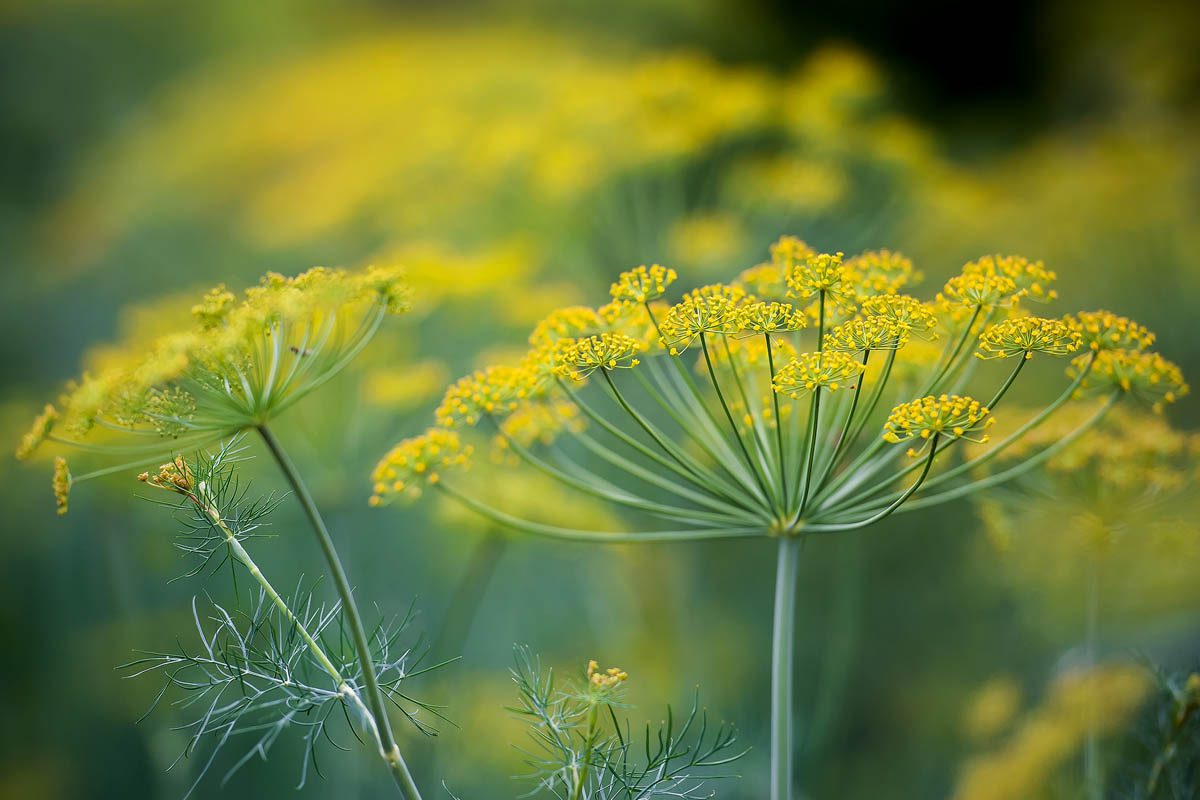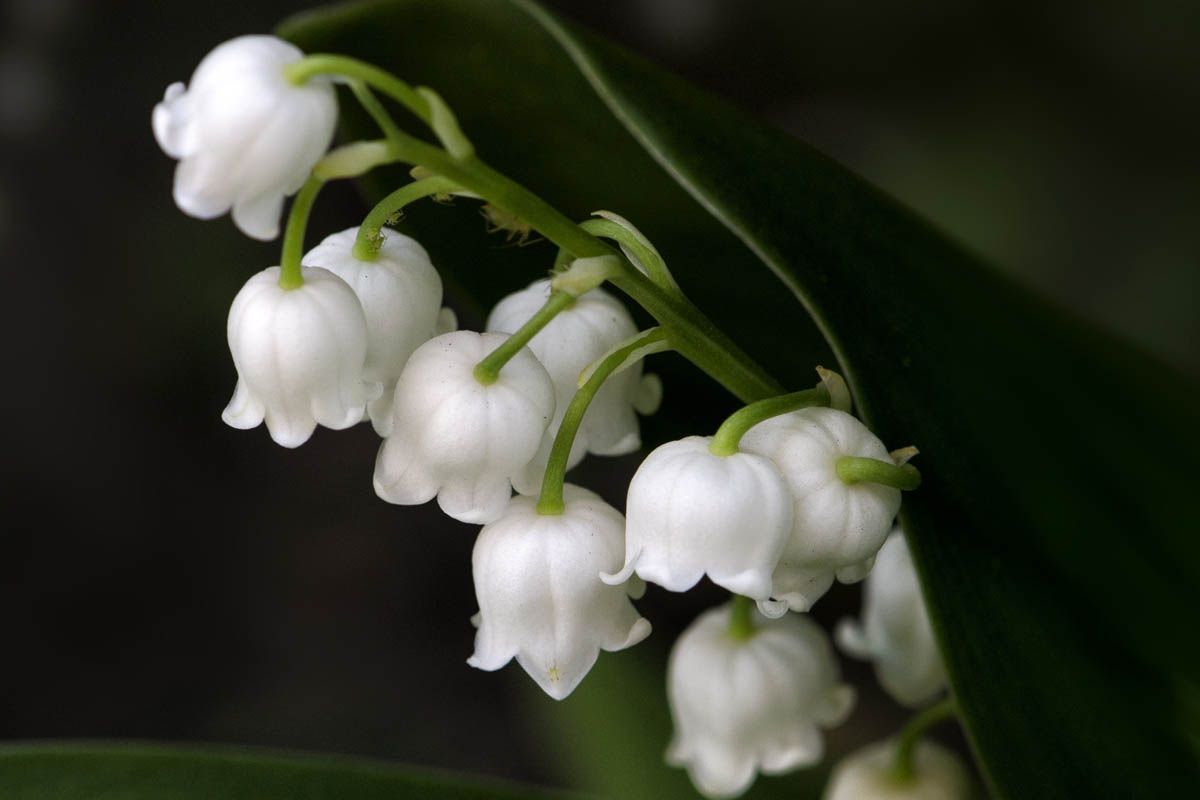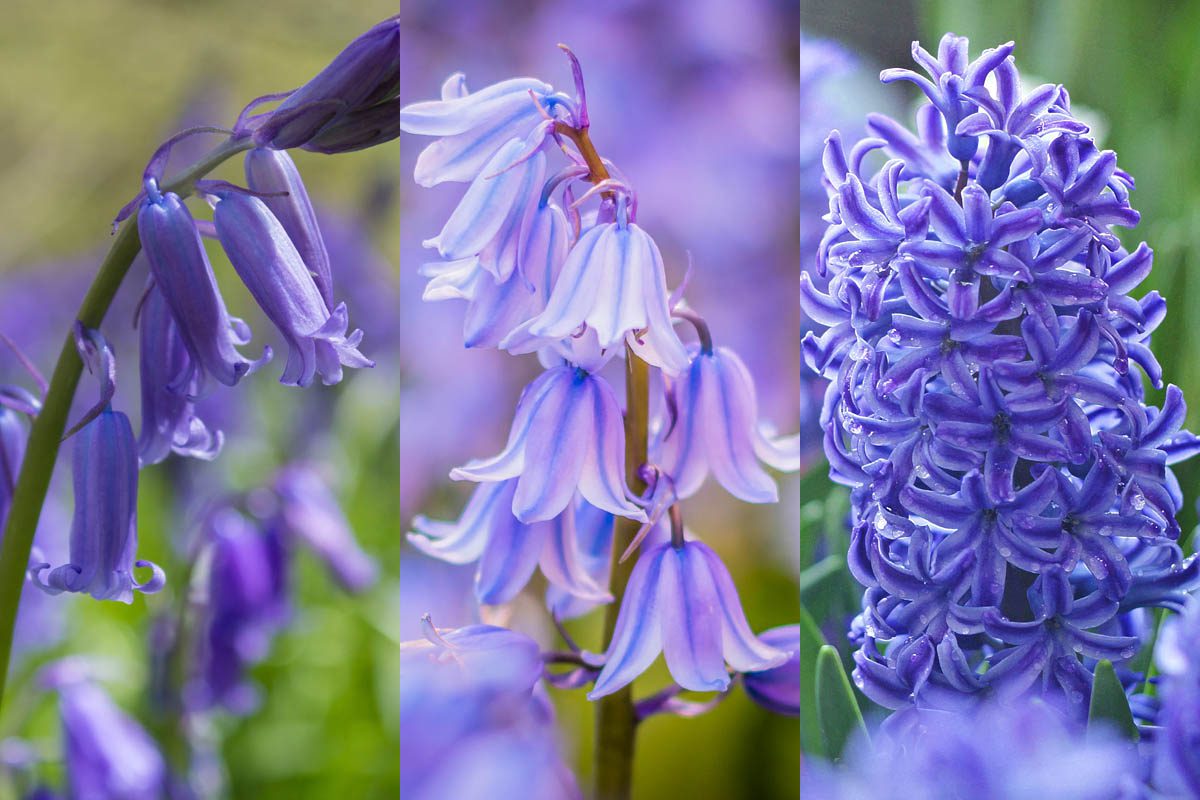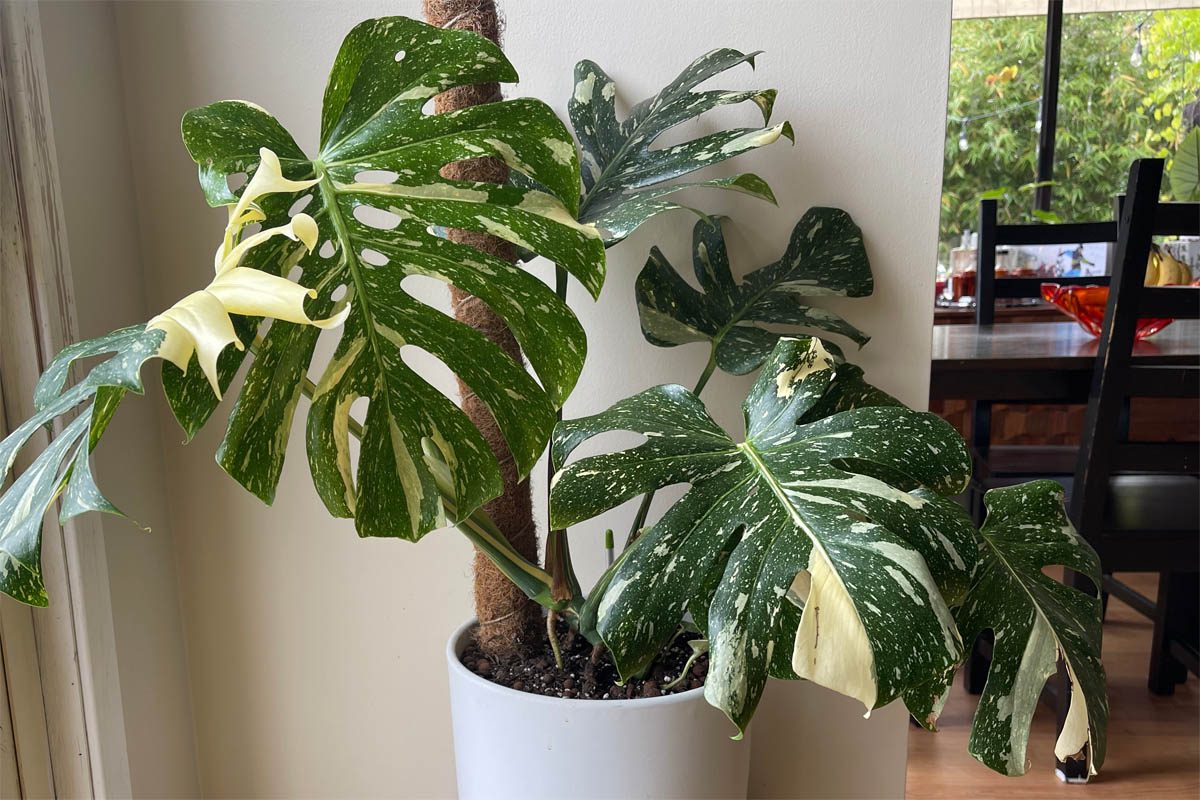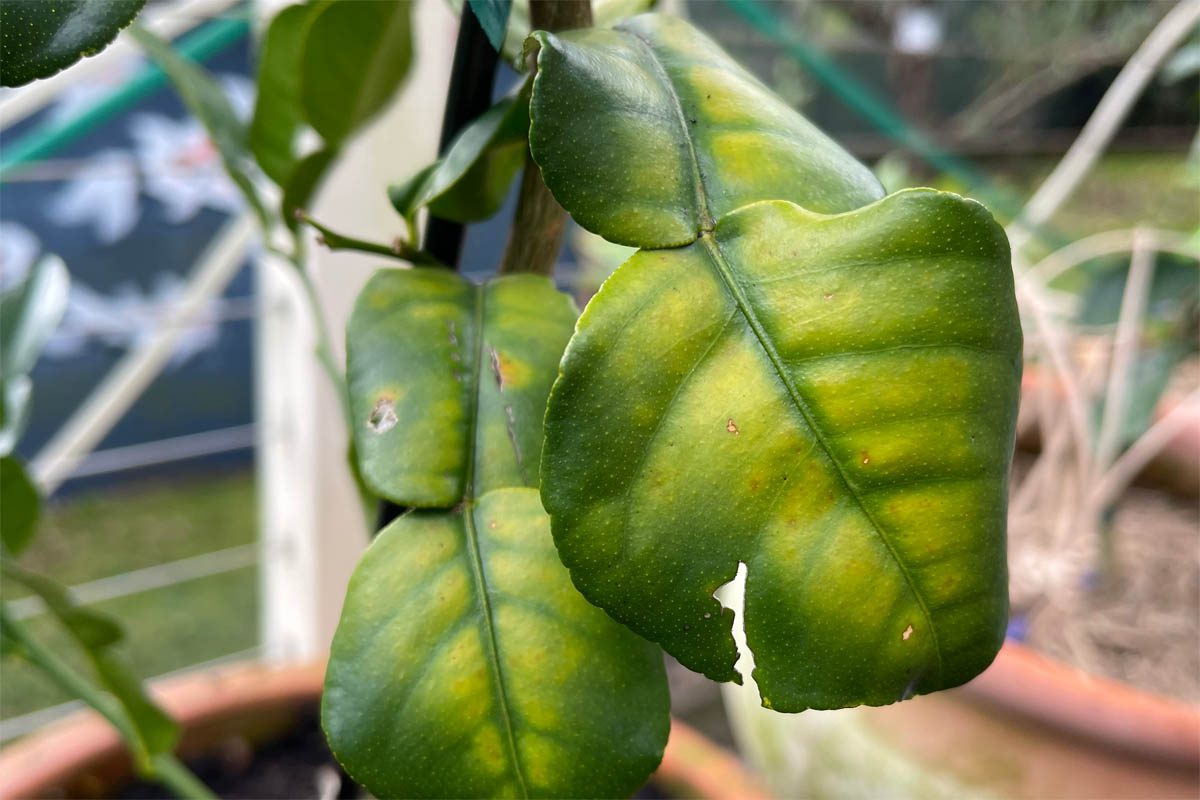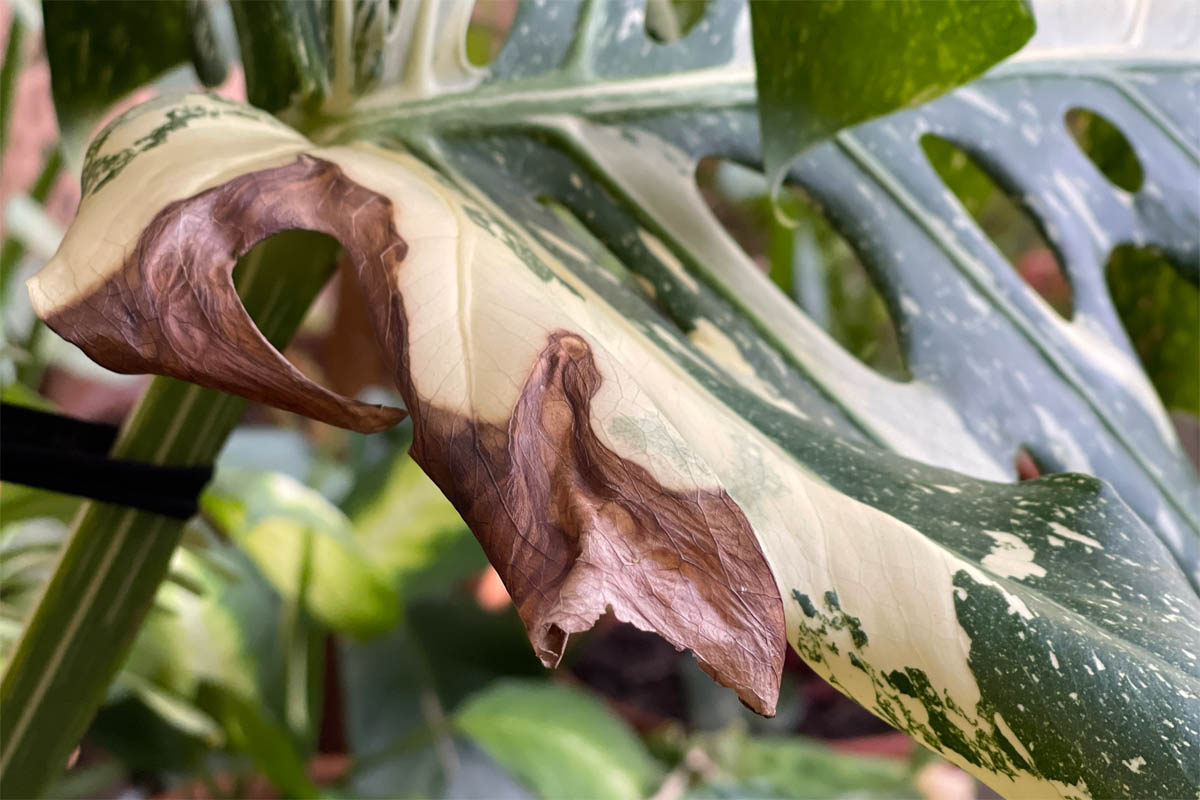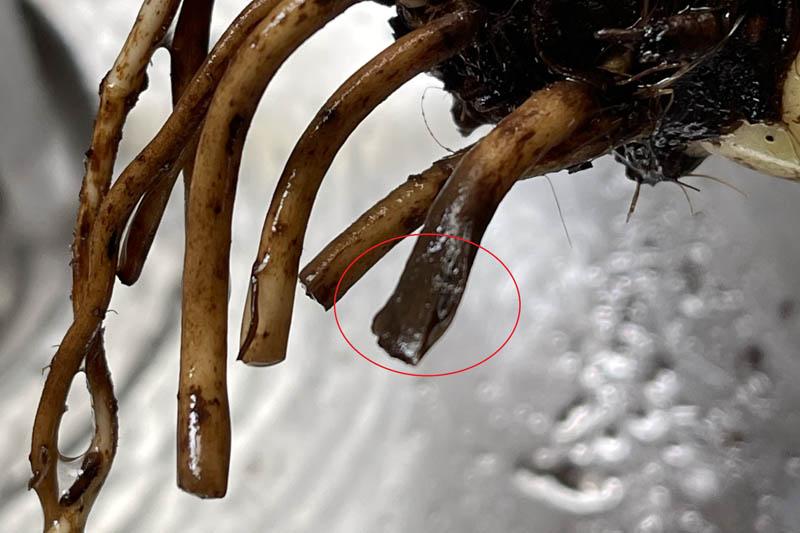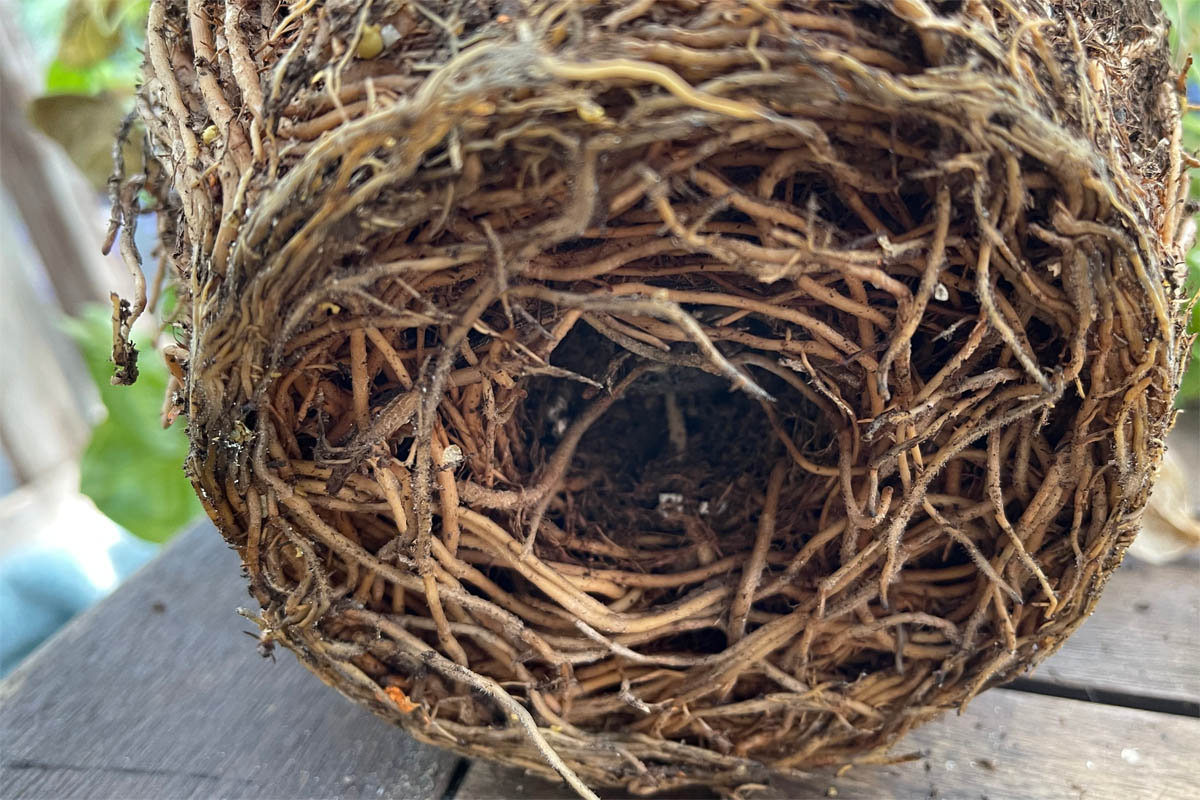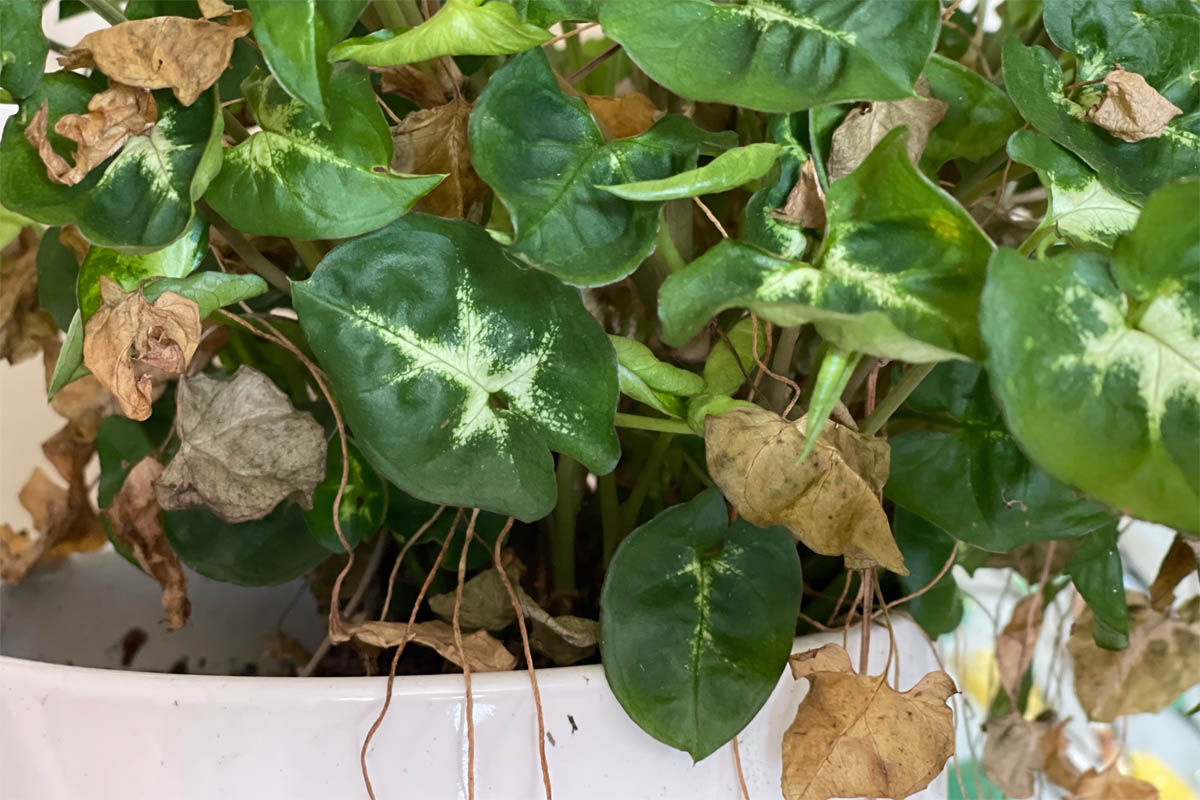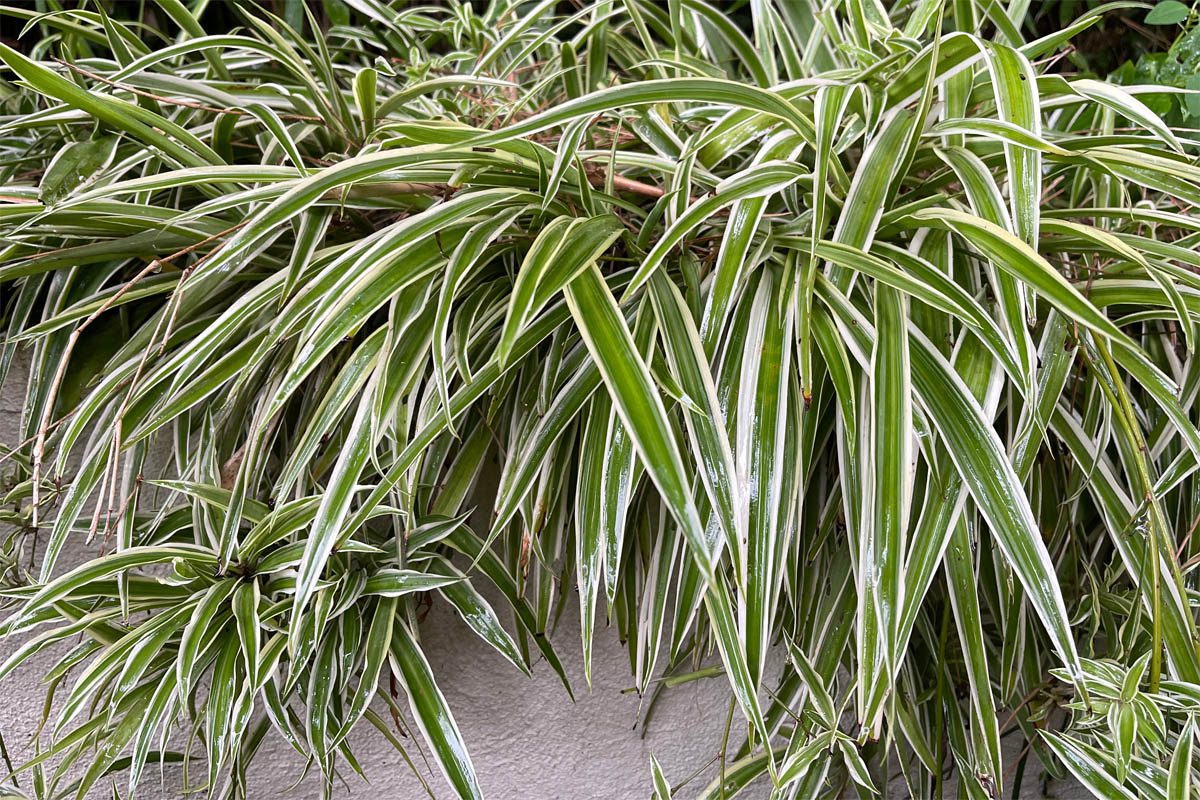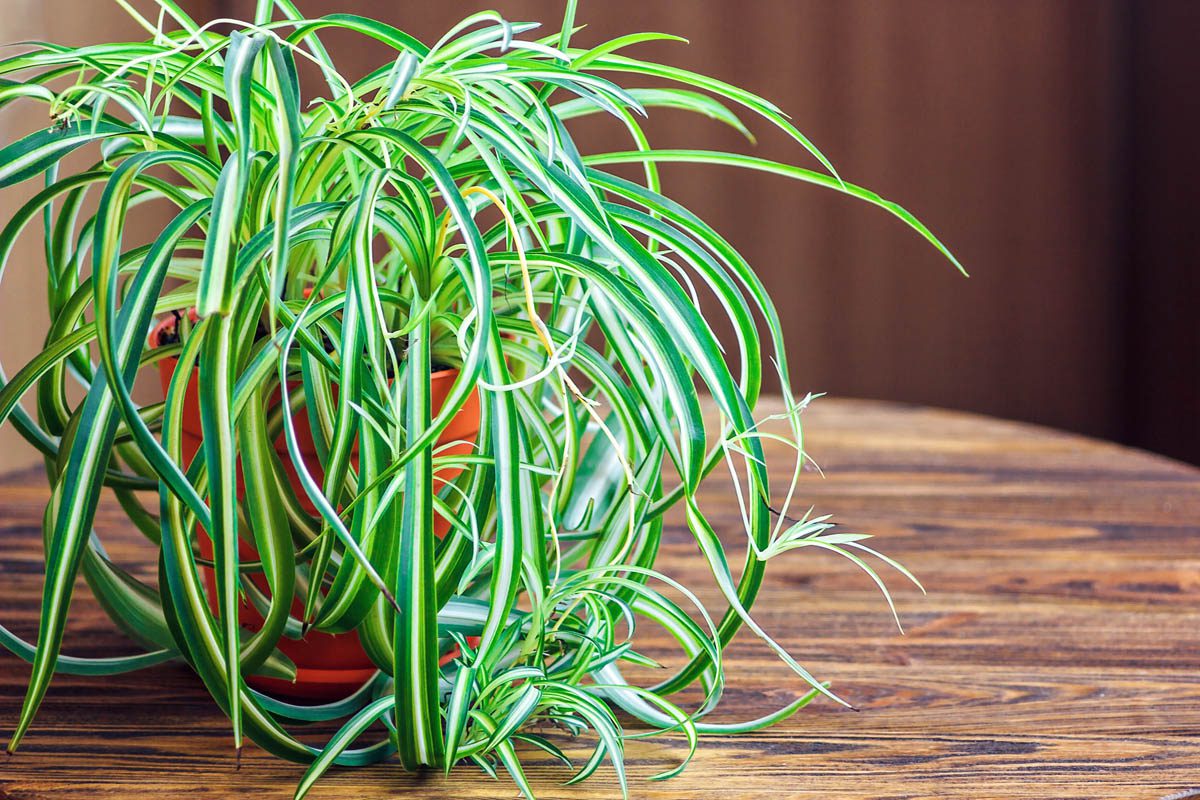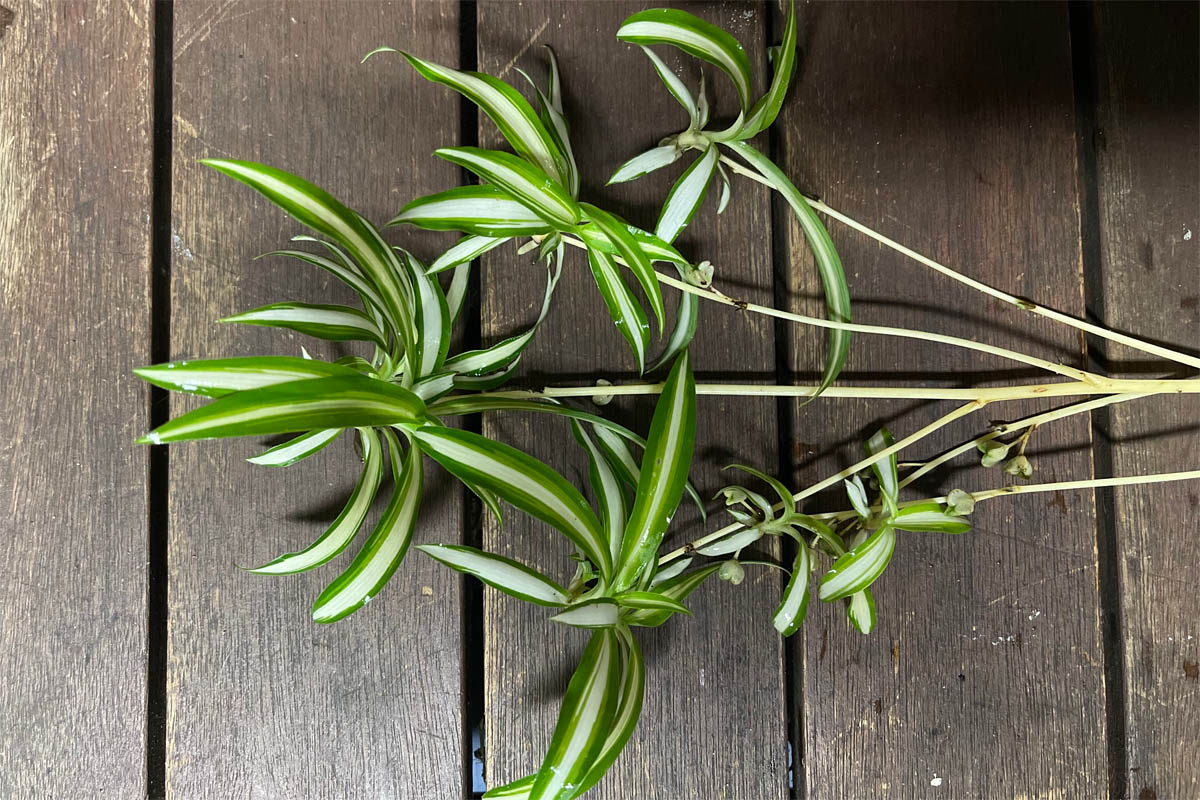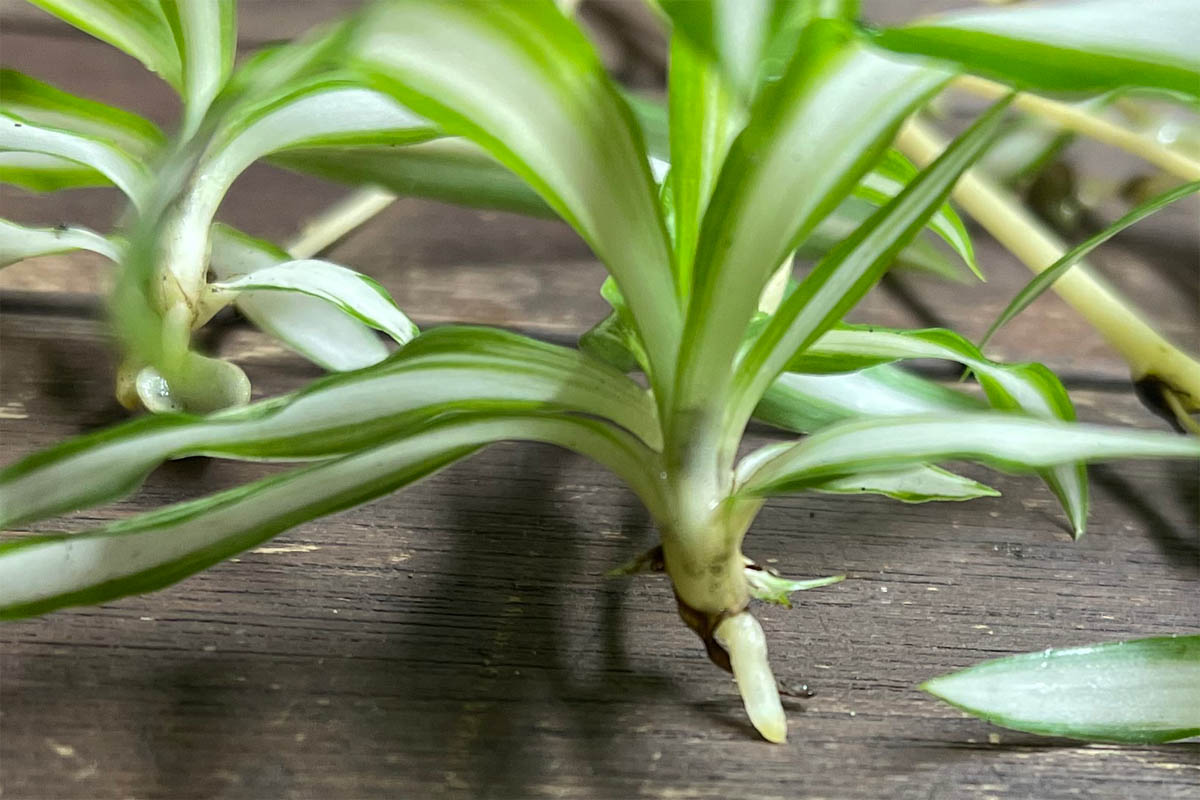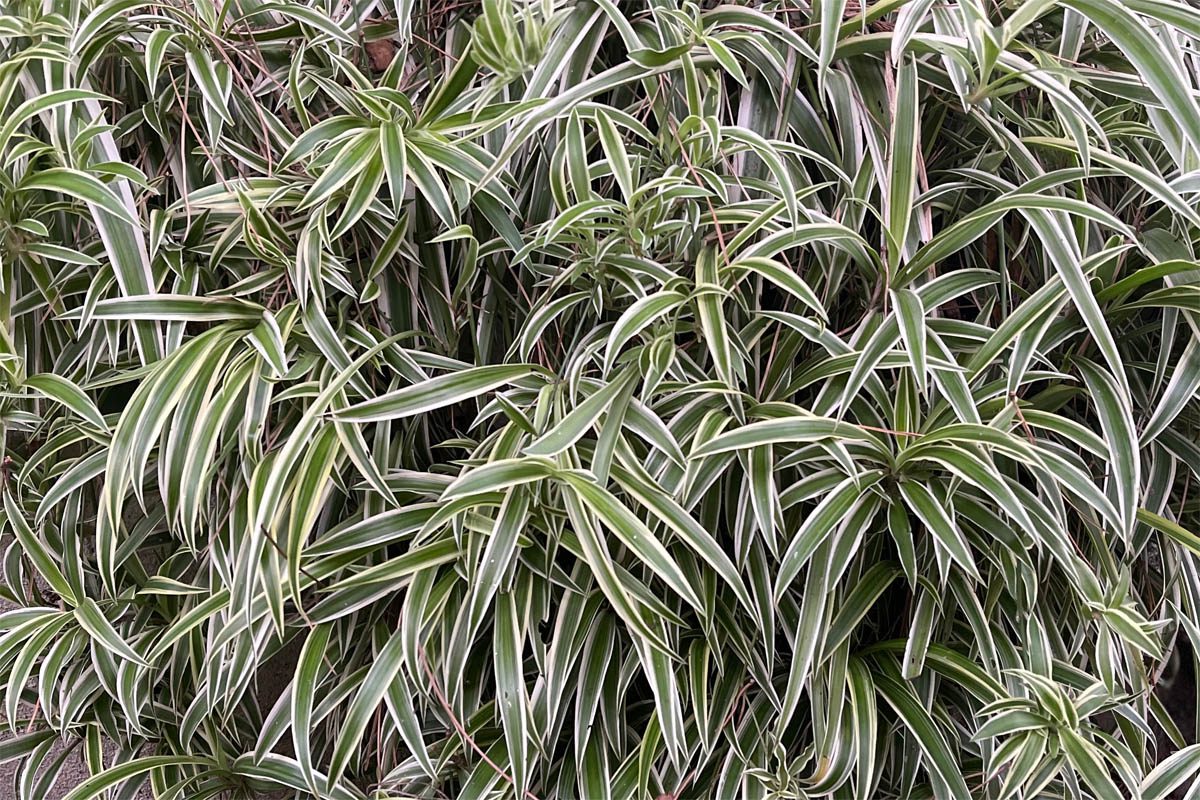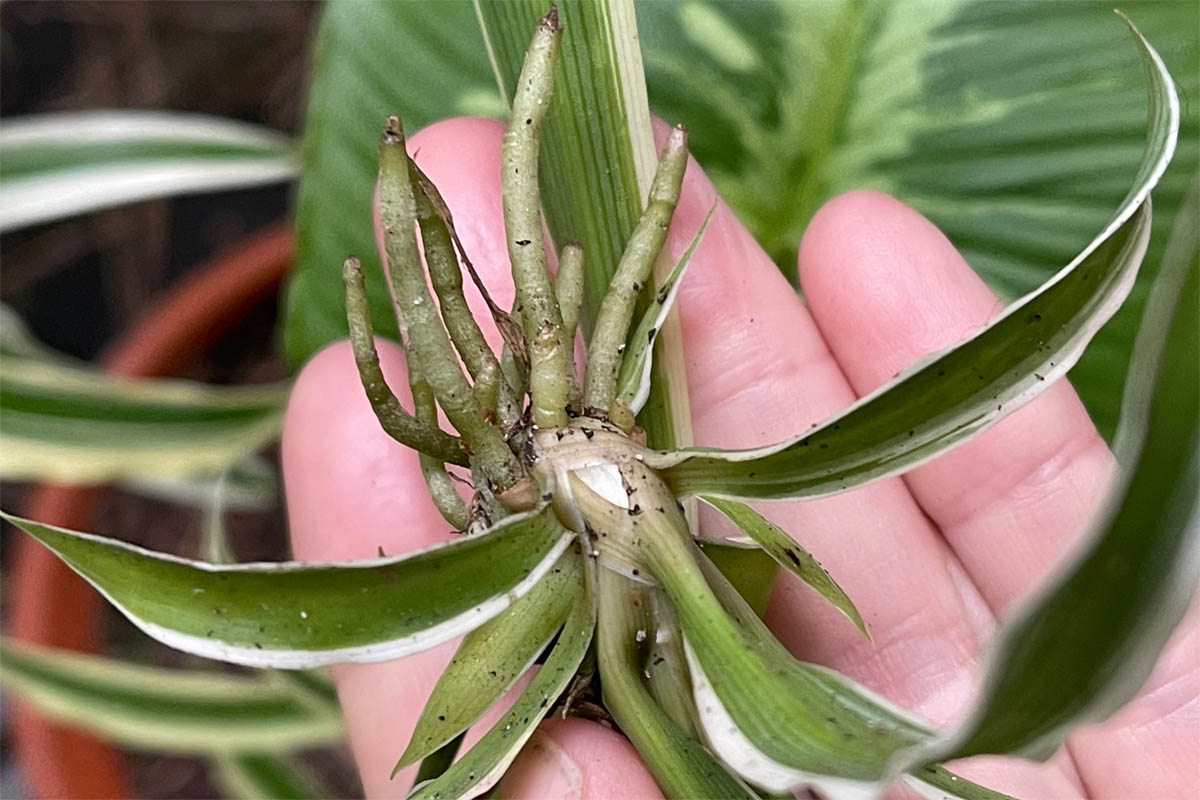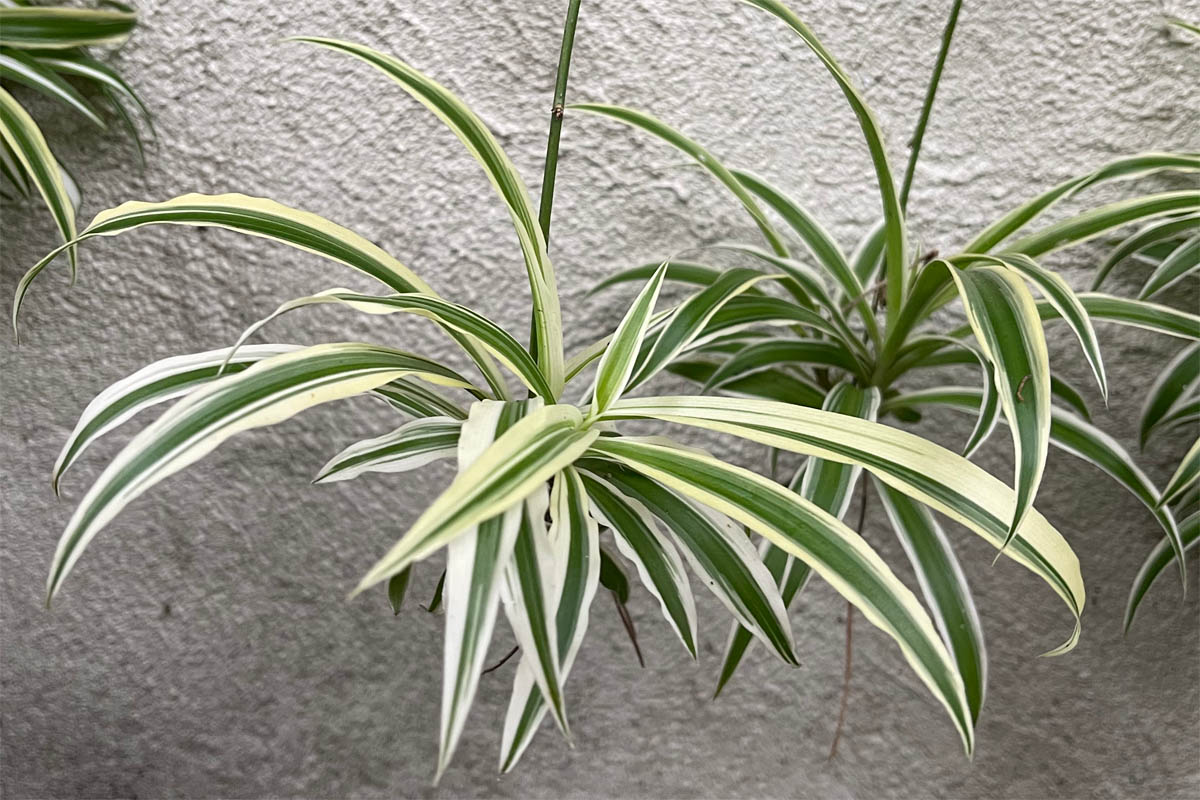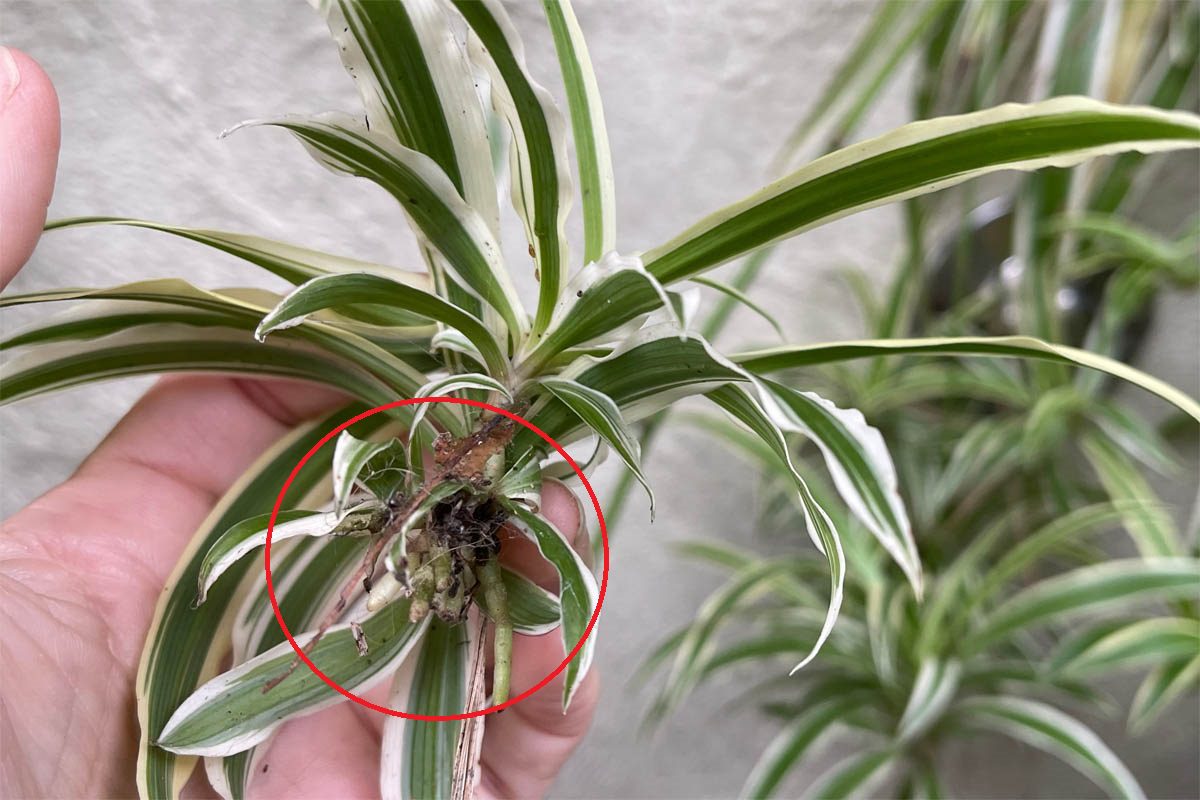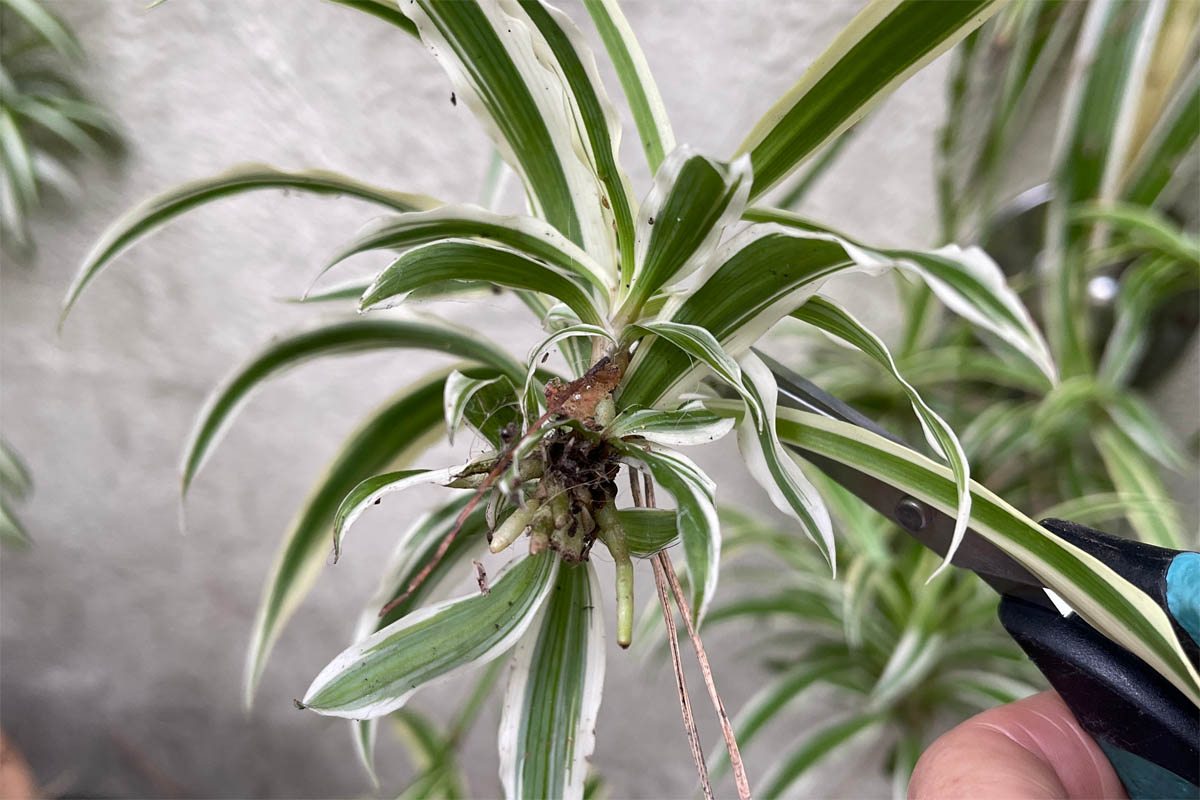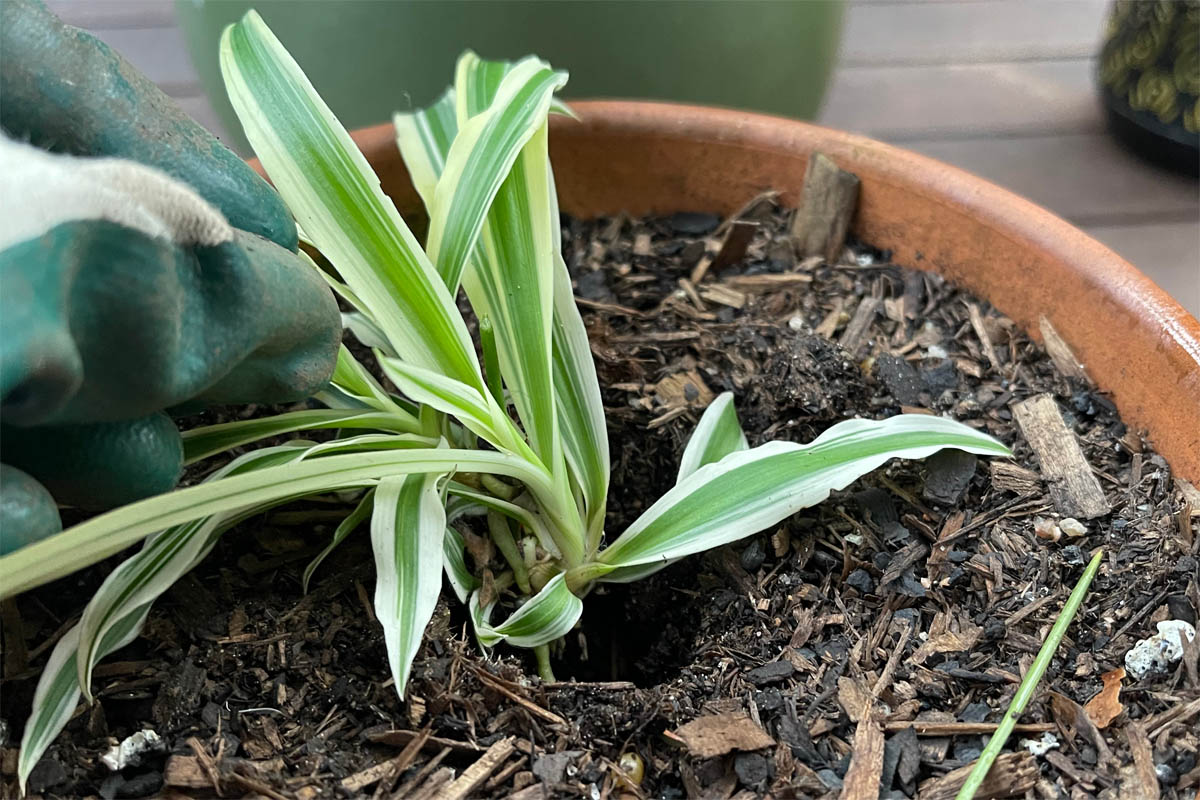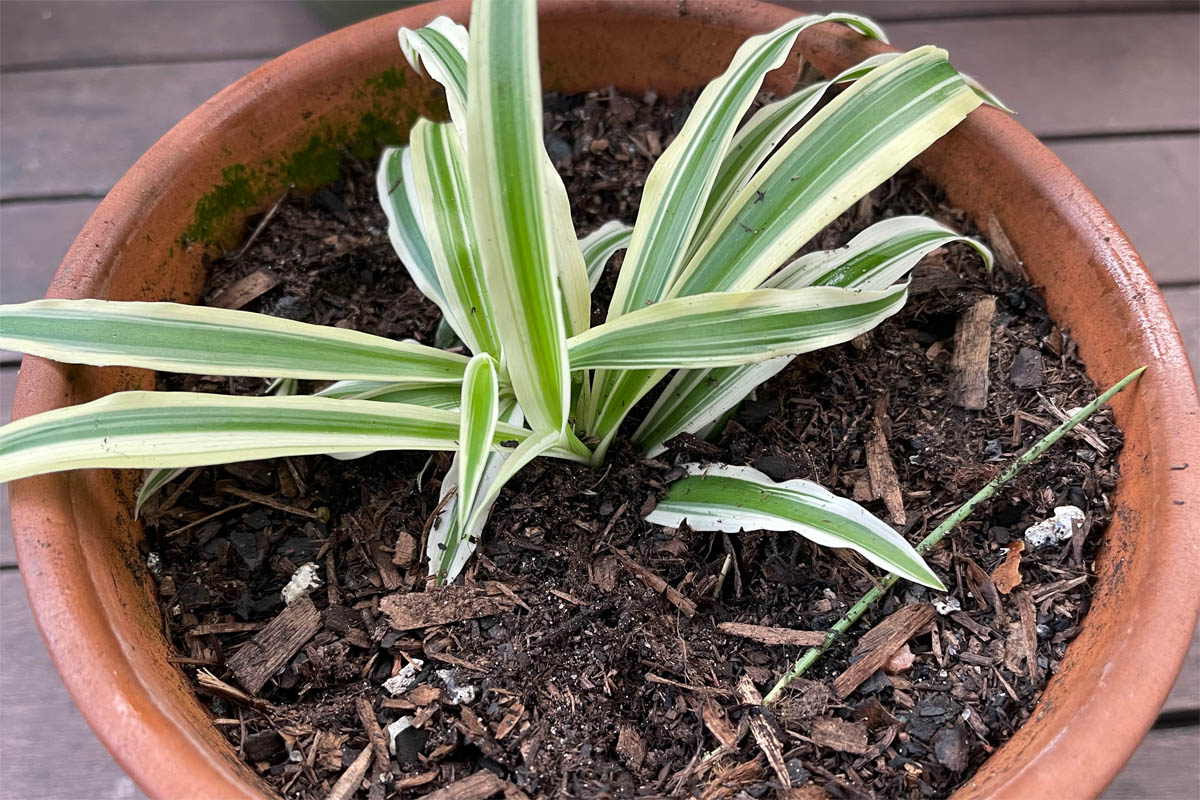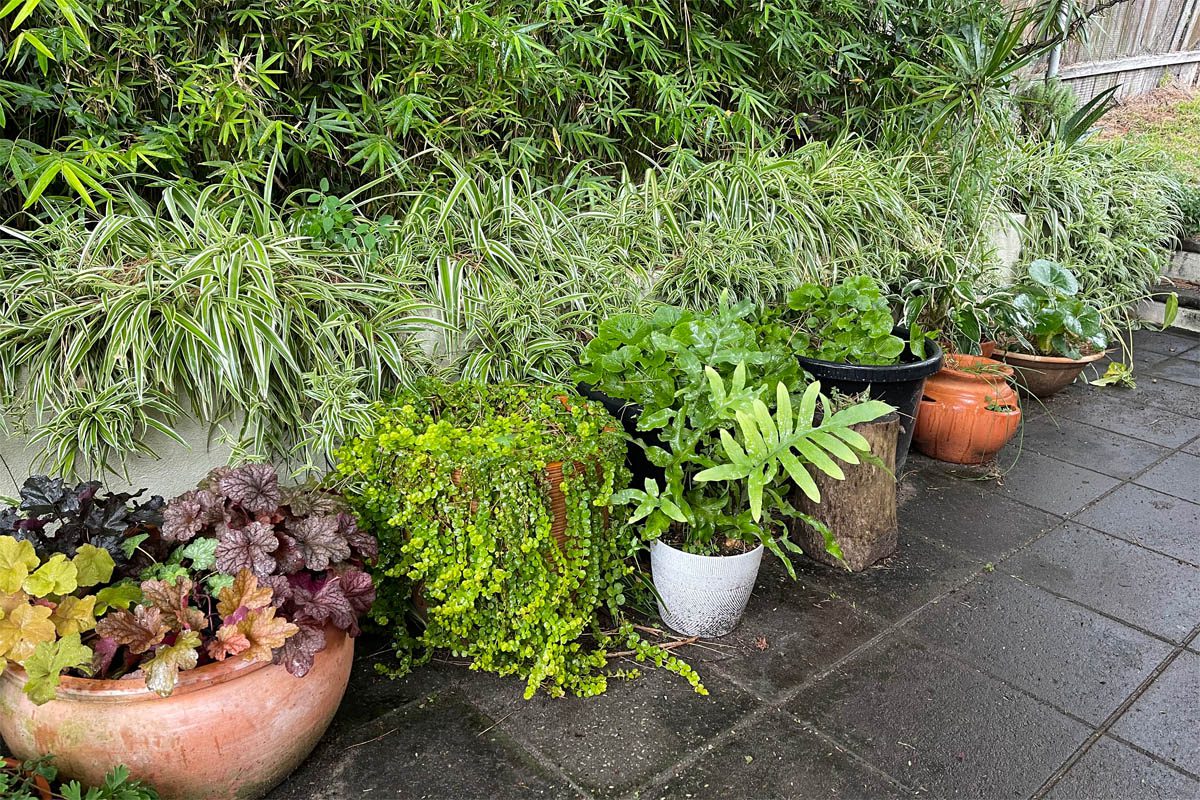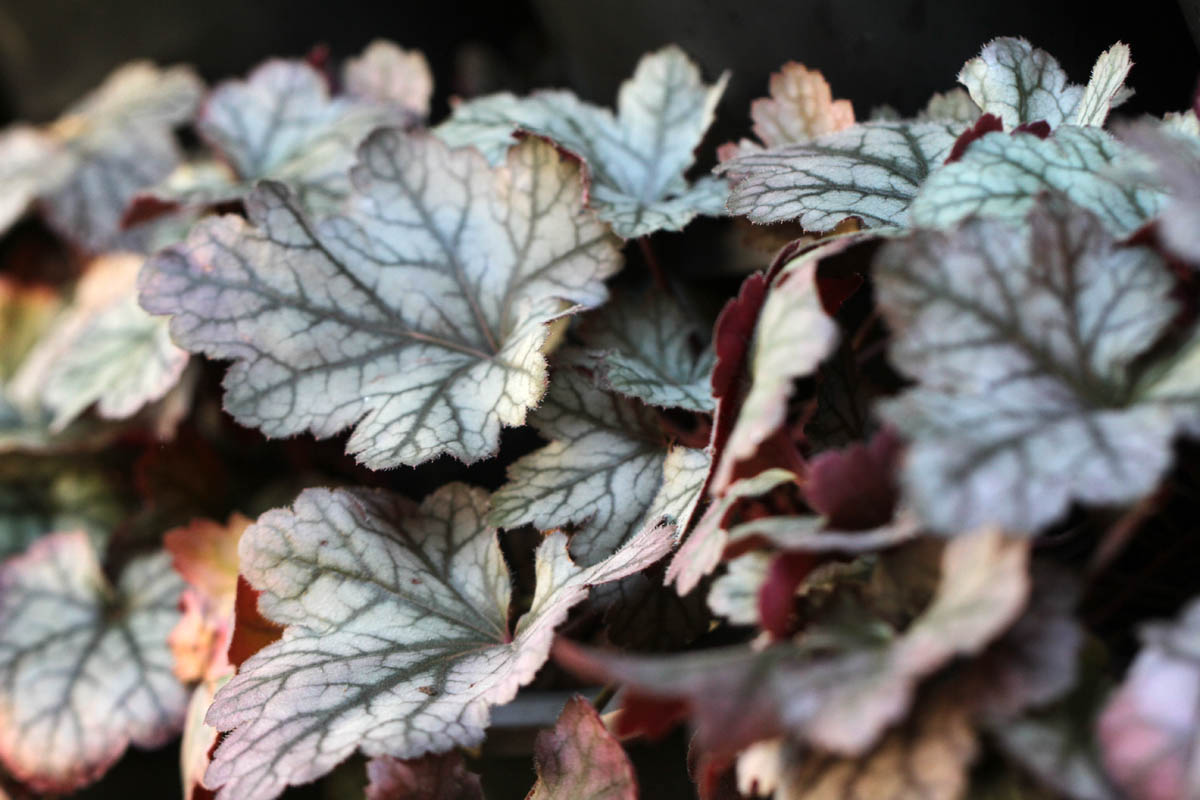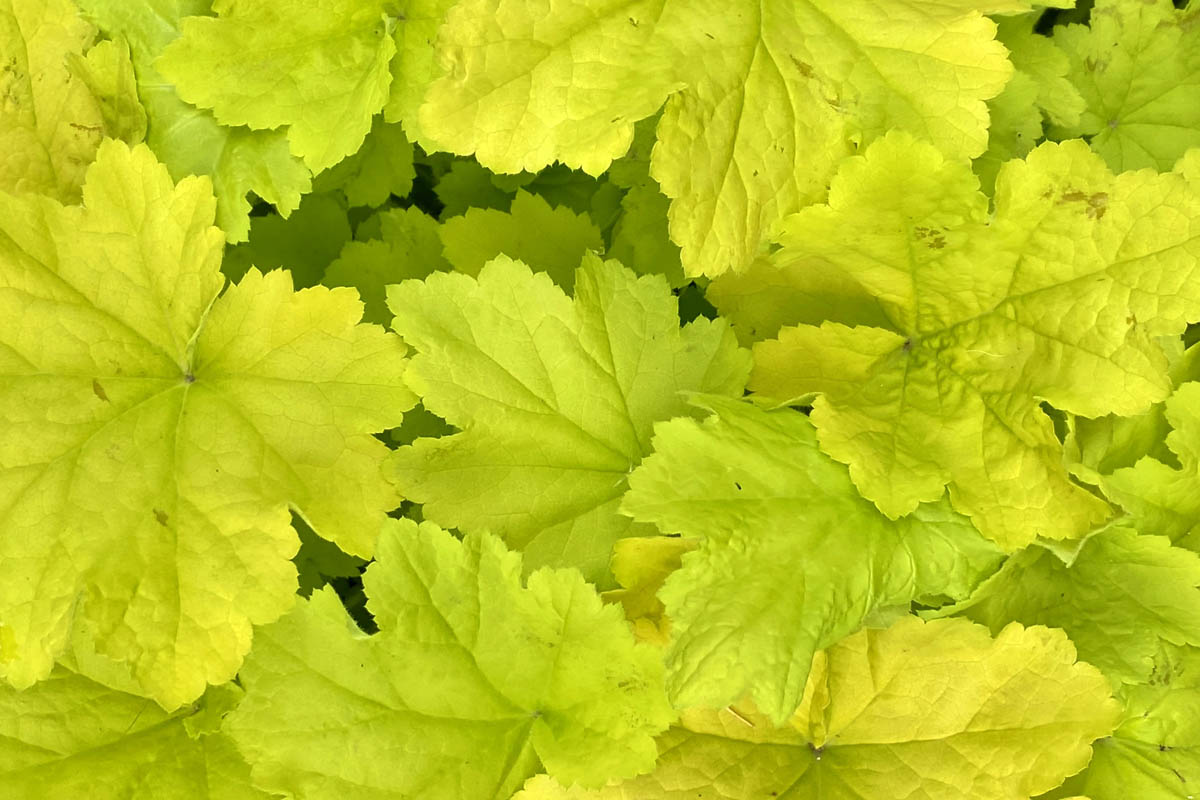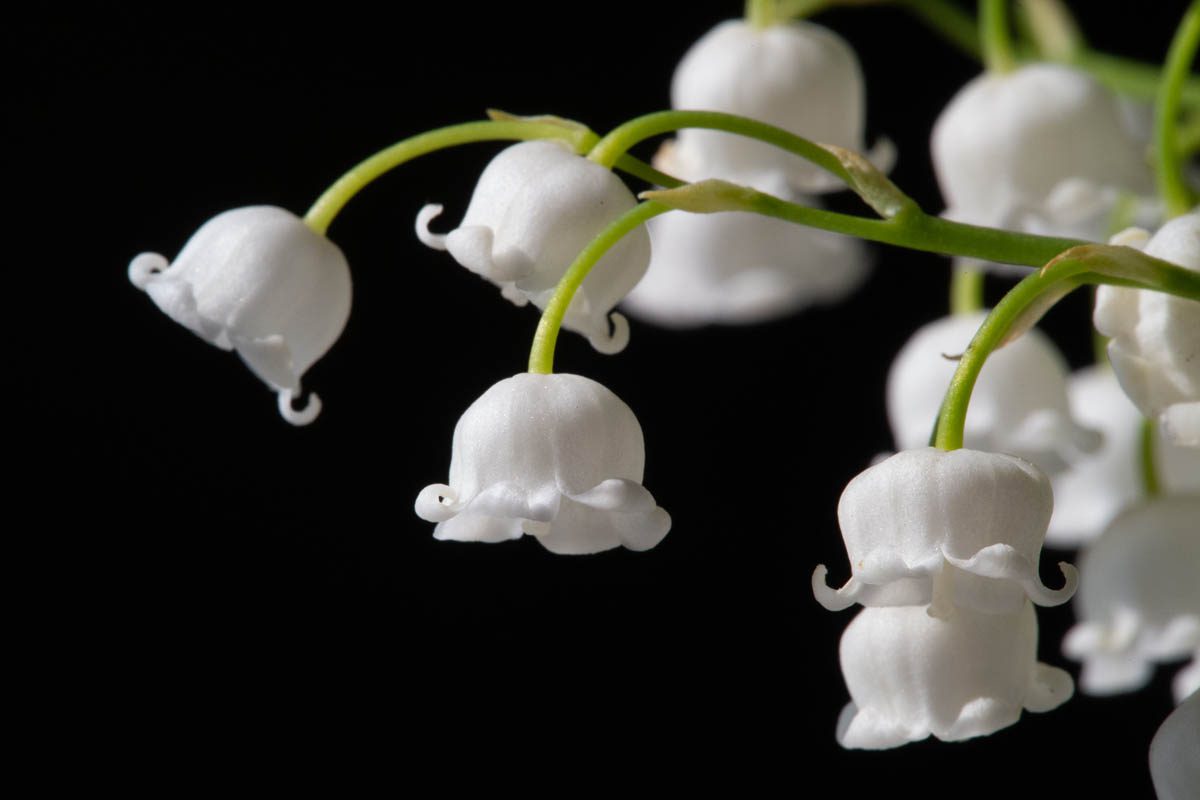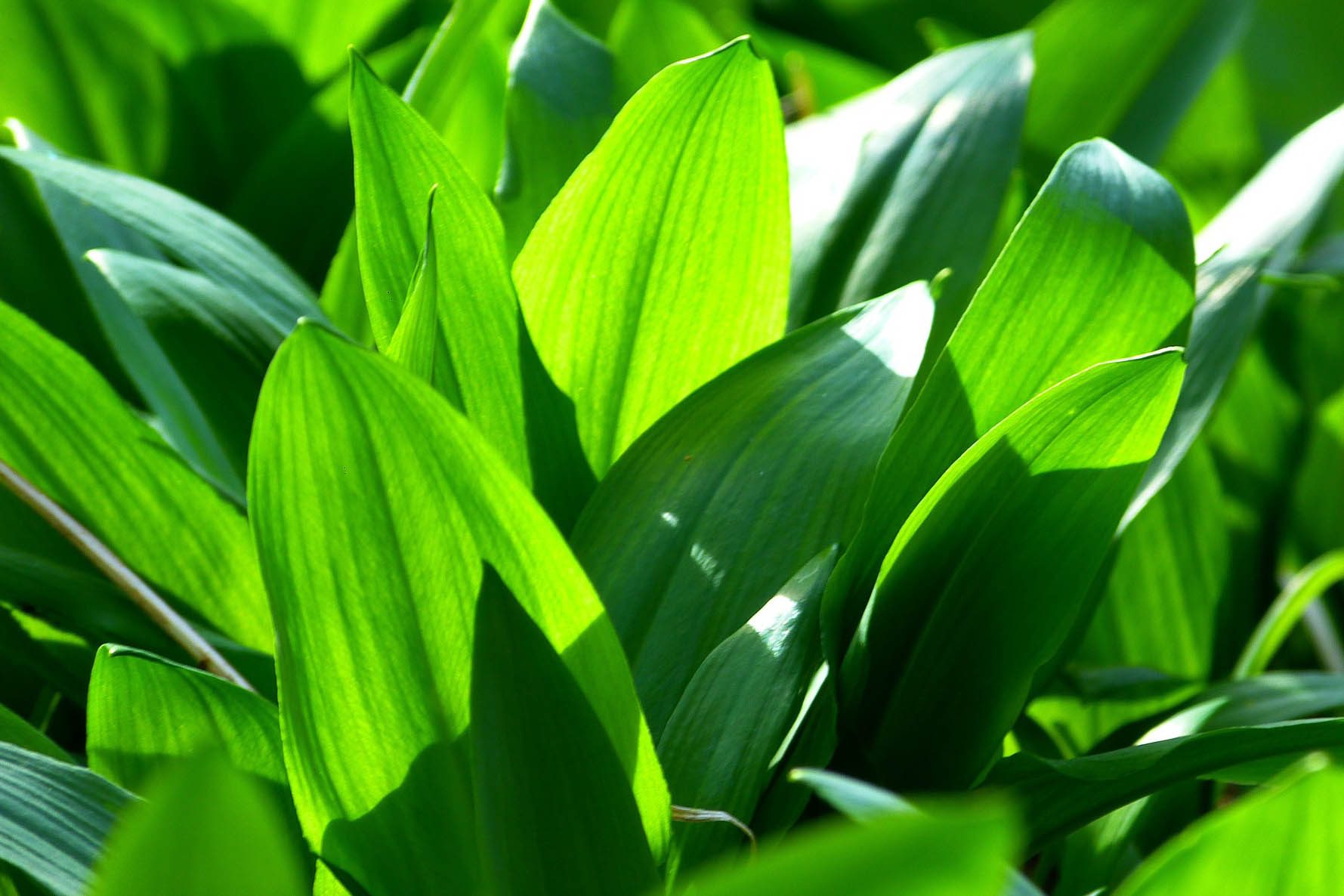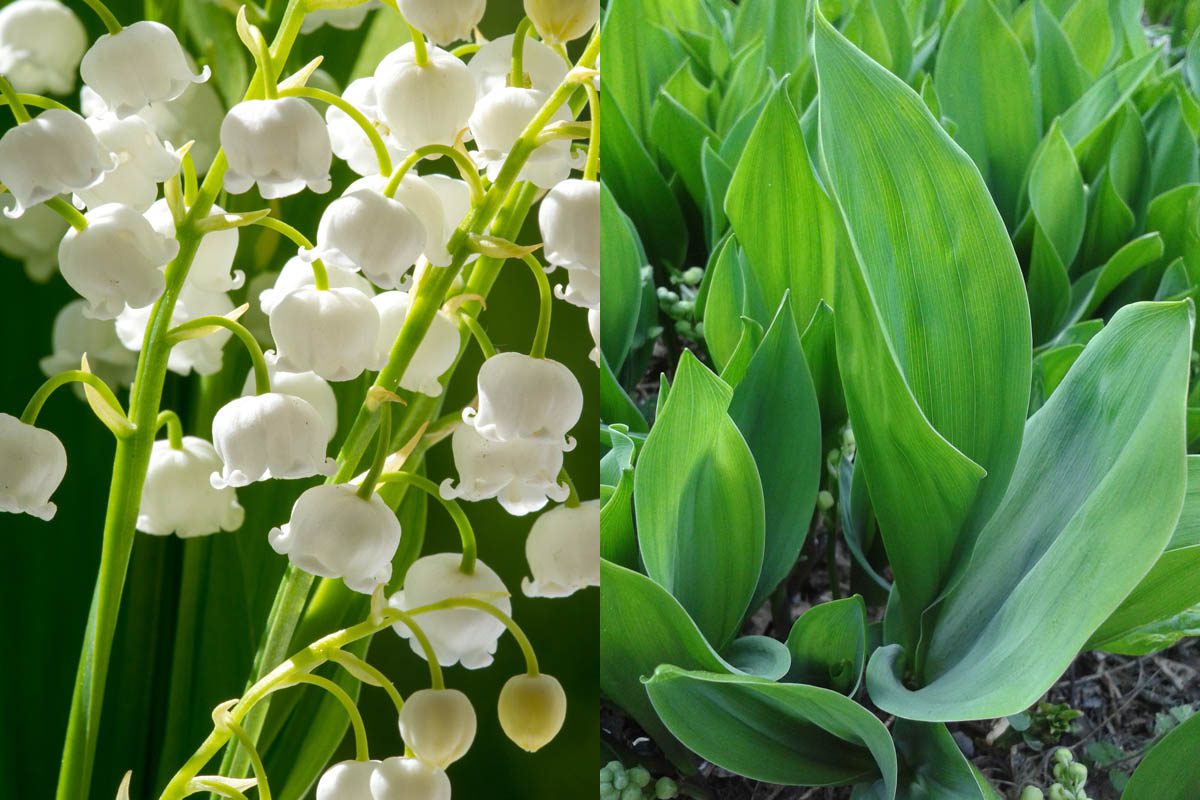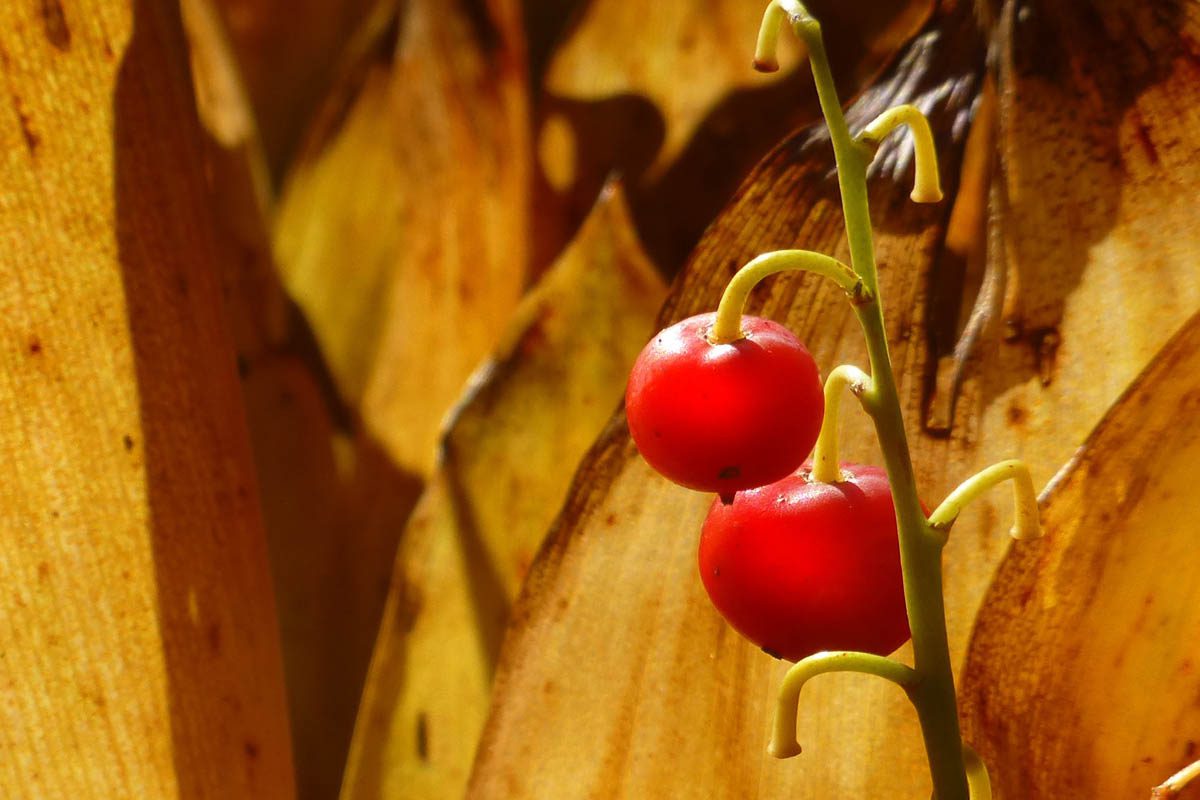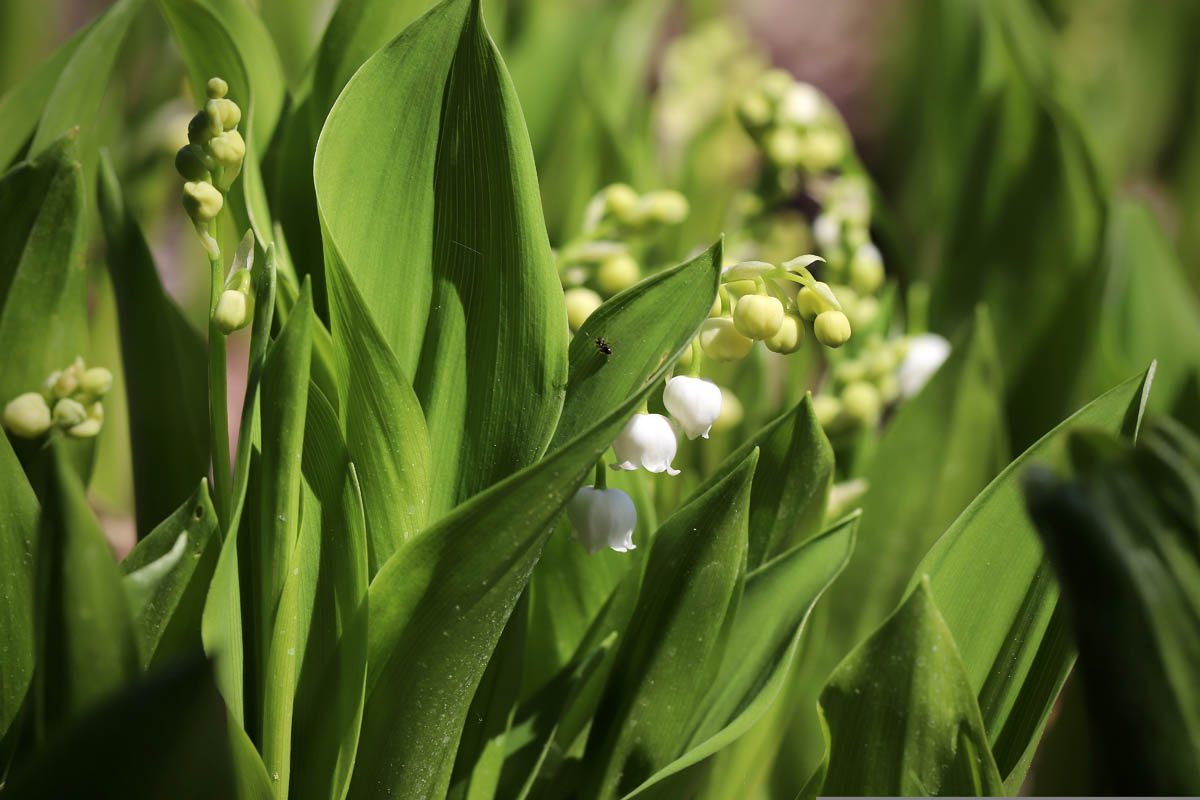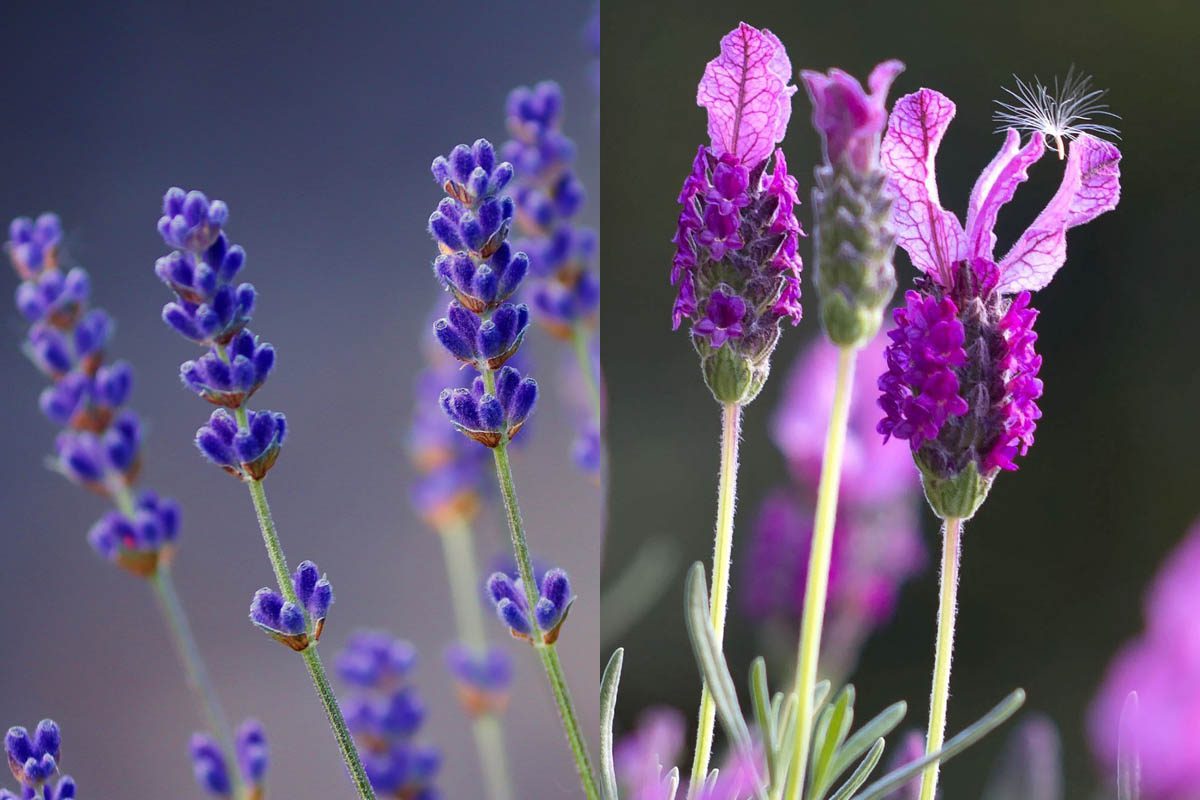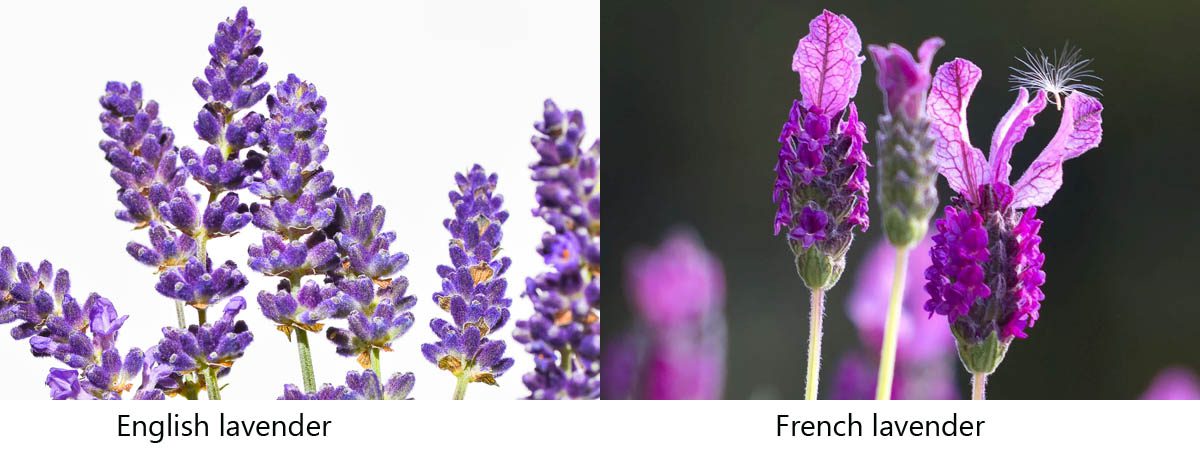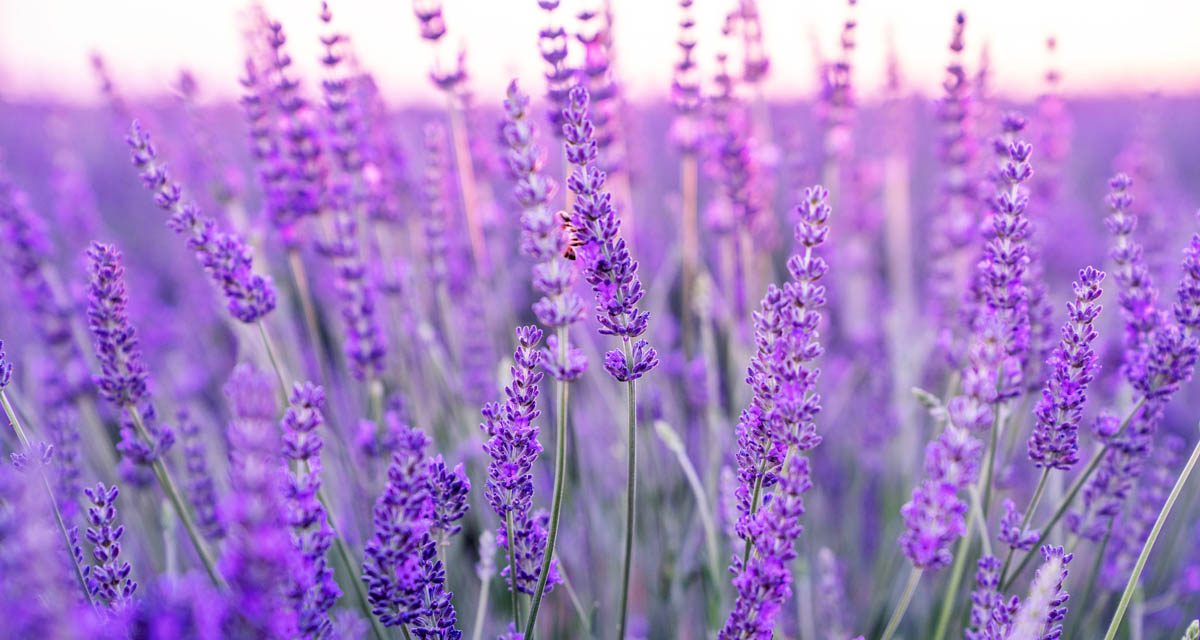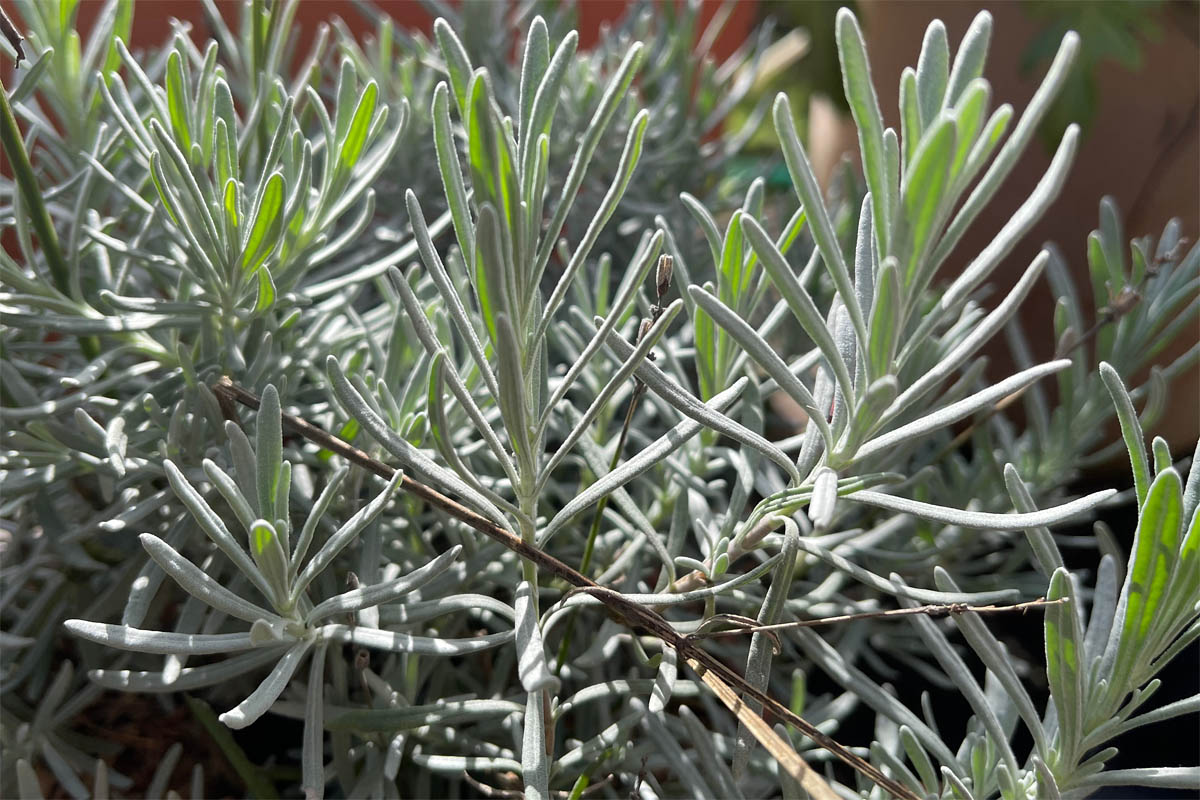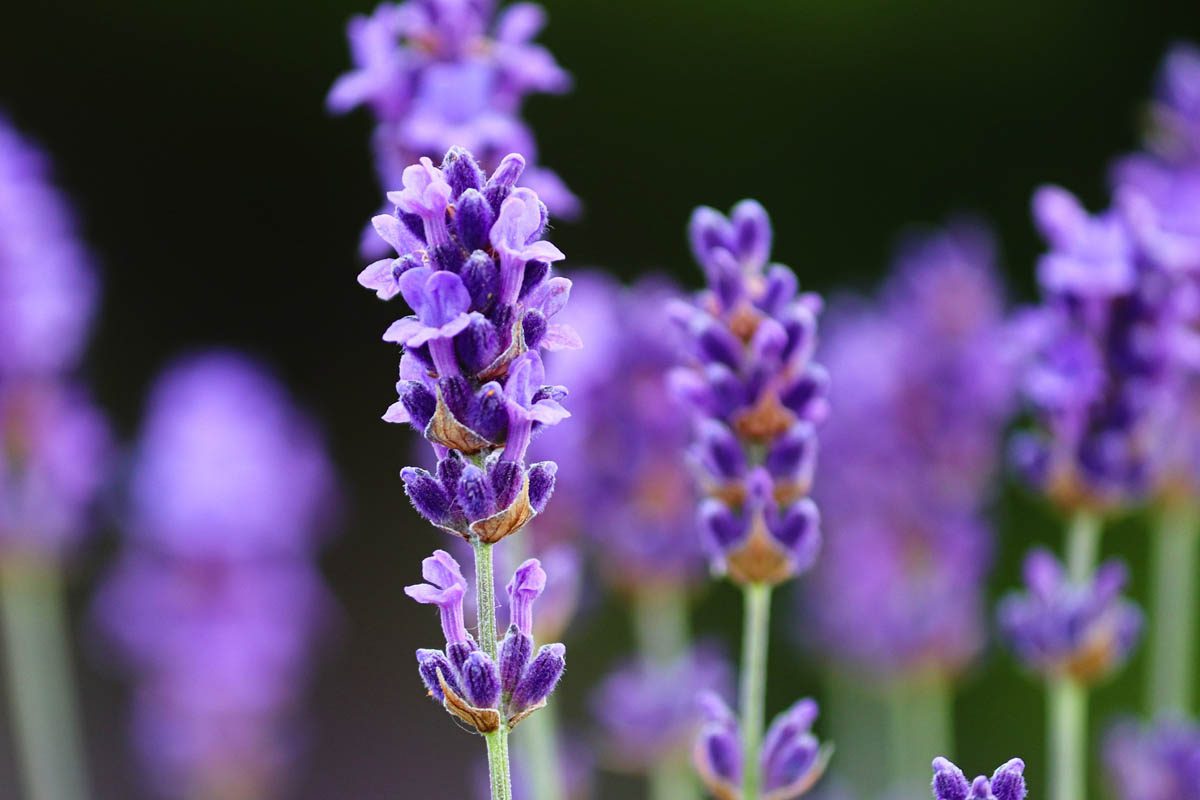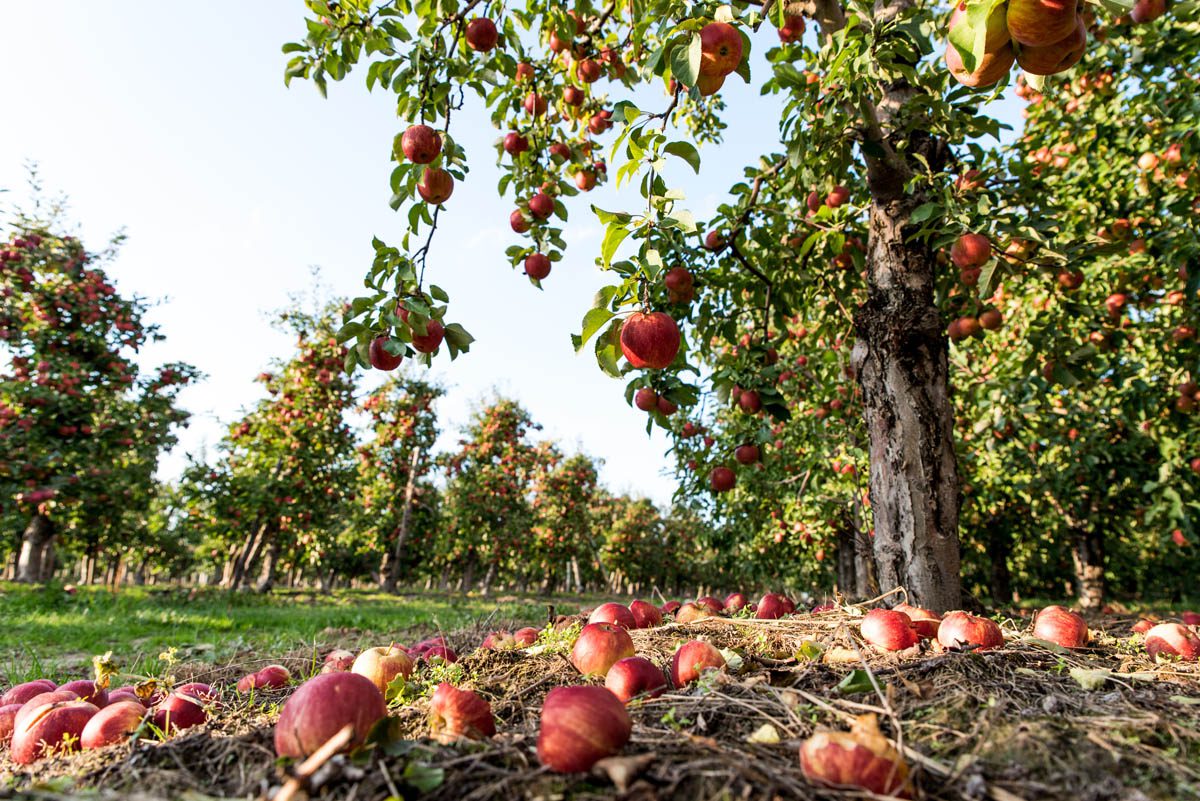Psilocybin is a naturally occurring psychedelic compound produced by certain species of mushrooms. It has psychoactive properties, which means it can cause changes in perception, mood, and cognitive processes when consumed. The effects of psilocybin can vary but may include euphoria, altered thinking processes, paranoia, dizziness, dilated pupils, closed and open-eye visuals, synesthesia, an altered sense of time, and spiritual experiences.
Psilocybin is most commonly found in mushrooms of the Psilocybe genus. There are over 150 species of Psilocybe mushrooms, most of which are small, gilled, with a conic to convex cap, and a nondescript brown colour. The distribution is worldwide, where they prefer a moist, forested environment or meadows. Psilocybe cubensis is the most common species of psilocybin mushroom and has a wide distribution including the southeastern United States, Central America (Belize, Costa Rica, Guatemala), the Caribbean (Cuba, the Dominion Republic, Guadalupe, Martinique, Trinidad), South America (Argentina, Bolivia, Brazil, Columbia, French Guiana, Paraguay, Uruguay, Peru), Southeast Asia (Thailand, Vietnam, Cambodia, Malaysia, India, Australia, New Zealand, Fiji).
The word ‘psilocybe‘ is derived from the Greek words ‘psilós‘ (ψιλός ) which means ‘bare‘ and ‘kúbe‘ (κύβη) which means ‘head‘. This is a reference to the smooth cap of mushrooms within the Psilocybe genus.
Common names Psilocybe mushrooms
- Magic mushrooms
- Shrooms
- Sacred mushrooms
- Magic mushies
- Caps
- Liberty caps (a specific type of psilocybin-containing mushroom)
- Blue meanies
- Golden tops
- Cubes (short for Psilocybe cubensis, a common species of psychedelic mushroom)
- Boomers
- Purple passion
- Little smoke
Historical and cultural uses of psilocybin
Mushroom stones have been found in various Mesoamerican sites, notably in the Guatemalan highlands, dating back as early as the Preclassic period (around 2000 BCE – 250 CE), with many found from the Early to Late Preclassic period (1000 BCE – 250 CE). These mushroom stones are considered significant evidence of the historical use of hallucinogenic mushrooms in these cultures. The mushroom stones are typically made from jadeite, serpentine or basalt, and depict anthropomorphic or zoomorphic figures beneath a mushroom-shaped cap. The figures are distorted, which researchers believe is a representation of the hallucinatory effects of these mushrooms.
In Central and South America, there’s substantial evidence of their use in religious and shamanic rituals. Mushroom-shaped artifacts and glyphs have been found in Mayan and Aztec ruins in Central America, which suggests a spiritual or divine significance. The Aztecs referred to these mushrooms as ‘teonanácatl’, which translates to ‘god mushroom’, indicating their importance in religious and mystical ceremonies.
Present day use
Psilocybin mushrooms were introduced to the Western world in 1957 by a vice president of J.P. Morgan and amateur mycologist, R. Gordon Wasson and his wife Valencia. The Wassons travelled to Mexico in 1955 and participated in a traditional Mazatec ceremony and wrote an article published on May 13, 1957, in LIFE magazine titled ‘Seeking the Magic Mushroom‘. The following week, Wasson’s wife, Valencia published her own article in This Week describing her experiences with magic mushrooms.
The following year, Swiss chemist Albert Hofmann isolated the active compound in psilocybin mushrooms, which he named psilocybin. Interestingly, Albert was the first to synthesise and ingest lysergic acid diethylamide (LSD).
In the present day, indigenous groups in Central and South America, such as the Mazatec people in Oaxaca, Mexico, still use psilocybin mushrooms in spiritual and healing ceremonies. They’re typically used as sacraments to facilitate communication with the spiritual world, diagnose illnesses, or provide healing or insight.
Mechanism of action
When ingested, psilocybin is rapidly converted in the body into the active metabolite psilocin, the compound primarily responsible for the hallucinogenic effects. Dephosphorylation (removal of a phosphate group by hydrolysis) is facilitated by alkaline phosphatase enzymes which remove the phosphate group from the psilocybin molecule, converting it to psilocin.
Psilocin is a phenol compound that is an agonist (a compound that binds to and activates a receptor), for several types of serotonin receptors in the brain, in particular the 5-HT2A–serotonin receptor. Serotonin (also known as 5-hydroxytryptamine) is a naturally produced neurotransmitter often referred to as the ‘feel good‘ neurotransmitter which plays a key role in many functions including regulating mood, sleep, appetite, sexual desire as well as appetite regulation, pain perception and digestive system function.
The chemical structure of psilocin is similar to that of serotonin, allowing it to bind to and activate the 5-HT2A–serotonin receptors. This initiates a series of intracellular signalling events, leading to a variety of psychological and physiological effects.
The exact mechanisms through which the activation of 5-HT2A–serotonin receptors is not yet fully understood. However, it is believed that the effects are related to the modulation of neural activity and the release of other neurotransmitters, such as glutamate in various regions of the brain, including the prefrontal cortex and visual cortex. Changes in brain connectivity and neural network activity may also contribute to the altered state of consciousness.
Why do some mushrooms produce psilocybin?
The exact reason is not fully understood, but it is believed that it may serve to protect the mushroom from insects, snails or slugs that might consume the fungi. Many of these insects are also in direct competition with fungi for food (rotting wood, decomposing organic material). Psilocybin has been found to suppress the appetite in Drosophila fruit flies.
How are psilocybin mushrooms consumed?
- Raw: The mushrooms can be eaten raw, however, the taste is commonly found to be bitter and unpleasant.
- Mushroom tea: The mushrooms can be steeped in hot water to make tea. This method makes them more palatable to consume and may also reduce nausea, a common side effect of consuming psilocybin mushrooms.
- Cooking: Psilocybin mushrooms can be used as an ingredient in food, often in soups, sauces or omelettes. The potency isn’t significantly reduced by cooking.
- Capsules: Psilocybin mushrooms are dried, ground into a powder and put into capsules. This eliminates the unpleasant taste and texture of the mushrooms.
- Microdosing: This method involves ingesting small amounts of psilocybin mushrooms, well below the threshold of psychoactive effects but is thought to enhance creativity and mood.
Bear in mind that the consumption of magic mushrooms is illegal in most countries.
Effects of psilocybin on the brain
Once converted to psilocin in the body, a range of physical and psychological effects develop within 20 minutes. Unlike common recreational drugs, psilocybin does not create dependence, however, people may experience psychological withdrawal.
Prefrontal cortex
One study found that ingestion of psilocybin decreased blood flow and neural activity in areas of the brain including the medial prefrontal cortex which is involved in complex cognitive behaviour such as personality expression, decision making and social behaviour. Volunteers whose brain regions were most inhibited reported the greatest level of hallucinatory effects. Researchers think this may be because inhibiting the prefrontal cortex ’causes the sense of self to be less active’.
Thalamus
The thalamus is a small structure located in the brain that processes and transmits sensory impulses from receptors to the cerebral cortex which is responsible for higher-level processes, such as memory, language, thought, decision-making, emotion, intelligence and personality. One study found that psilocybin reduced blood flow and neural activity in the thalamus which could lead to a decrease in normal filtering of information that the thalamus is responsible for, which could potentially allow more sensory information to be processed in other parts of the brain. The altered activity could contribute to sensory overload and distortions of perception such as intensified colours, sounds and emotions.
How long do the effects of magic mushrooms last?
Effects take approximately thirty minutes to develop and can last up to six hours. By 24 hours, it is not possible to detect psilocin in a person’s urine.
How is psilocybin metabolised?
After ingestion, psilocybin is rapidly converted into psilocin. This conversion is done in the liver by the enzyme alkaline phosphatase, which removes the phosphate group from psilocybin. Psilocin is able to cross the blood-brain barrier, interacting with serotonin receptors which leads to characteristic effects such as hallucinations, altered thoughts and emotions. The liver further metabolises psilocin by monoamine oxidase (MAO), an enzyme that oxidises psilocin into 4-hydroxyindole-3-acetaldehyde, which is further oxidised into 4-hydroxyindole-3-acetic acid. Both of these compounds are conjugated (joined together) with glucuronic acid, which increases their solubility. These conjugates are then excreted out of the body in the urine.
How does it feel to take psilocybin?
They can range widely depending on the dose, the strength of the mushrooms as well as the person’s size, tolerance, weight and overall health. The current mindset and environment in which the mushrooms are taken, referred to as ‘set and setting‘ also impact the effects. If a person is already anxious or is in an uncomfortable setting, they have a higher risk of adverse effects. Tolerance can build up in people who have repeated exposure to psilocybin.
Physical effects
- Dilated pupils
- Tachycardia (elevated heart rate) and hypertension (high blood pressure)
- Nausea
- Incoordination
- Chills
- Sweating
- Numbness
- Dry mouth
- Muscle weakness, twitching or convulsions
- Exaggerated reflexes
- Loss of urinary control
Psychological effects
- Sense of well-being or euphoria
- Mood changes which can change from euphoria to fear and anxiety
- Paranoia
- Perceptual changes such as visual and auditory hallucinations (seeing or hearing things that aren’t there)
- Spiritual experiences
- Increased creativity
Risks and potential side effects
While death from an overdose of magic mushrooms is rare, taking them does come with risks.
- Bad trips: One of the worst experiences when taking any hallucinogen is the risk of a bad trip. A bad trip is a negative emotional reaction to the effects of the drug which can seriously affect the user. Heightened anxiety, depression, fear, paranoia, and panic attacks are all effects of a bad trip.
- Flashbacks can include visual distortions, emotional swings, and altered perception, which occur without warning. Triggers include stress, fatigue and the use of other drugs. Sometimes it is not always possible to identify a trigger.
- Psychosis: In rare cases, psilocybin may trigger psychotic episodes in some people, especially if they are predisposed to psychotic disorders such as schizophrenia.
- Hallucinogen persisting perception disorder (HPPD): Commonly referred to as ‘flashbacks’, some people can experience persistent and sudden recurrence of sensory or psychological experiences induced by the drug, days, weeks or years after the original drug use.
- Incorrect identification of mushrooms: There is always the risk that the mushrooms you consume are not magic mushrooms, but other toxic species, which could potentially be deadly.
Psilocybin in medical research
Psilocybin has been gaining attention in medical research over the last two decades. The primary focus of this research has been on mental health disorders, such as depression, anxiety, post-traumatic stress disorder (PTSD), and addiction.
- Depression: A double-blind trial involving 59 participants was carried out by researchers at the Centre for Psychedelic Research at Imperial College London. The results found that psilocybin was at least as effective as a leading antidepressant (a selective serotonin reuptake inhibitor called escitalopram) in people with moderate to severe depression. The psilocybin group reported fewer cases of dry mouth, anxiety, drowsiness and sexual dysfunction than the escitalopram group.
- Anxiety and depression in life-threatening illnesses: Researchers at Johns Hopkins University found that a single dose of psilocybin significantly reduced anxiety and depression, anxiety and mood disturbance, along with increases in quality of life and decreases in death anxiety, in patients with life-threatening cancer.
- Smoking cessation: Another study at Johns Hopkins University found that long-term smokers with a history of failed attempts at quitting, found success after carefully controlled and monitored use of psilocybin. After six months, 80% of participants remained smoke-free, which is a staggering statistic compared to the 35%, six-month success rate of people who take varenicline, a drug widely considered to be the most effective smoking cessation drug.
- Cluster headaches: A new study involving 14 participants who suffer from cluster headaches found that a low dose of psilocybin, taken three different times with approximately five days in between each dose alleviated headache pain or frequency in some, but not all participants.
Legal status around the world
Country |
Legal status |
|
| Austria |
Legal |
|
| Australia |
Illegal |
|
| Bahamas |
Legal |
|
| Belgium |
Illegal |
|
| Bolize |
Illegal |
|
| Bolivia |
Illegal |
|
| Brazil |
Legal |
|
British Virgin
Islands |
Legal |
|
| Bulgaria |
Illegal |
|
| Cambodia |
Illegal |
|
| Canada |
Illegal |
Unenforced |
| Chile |
Illegal |
|
| Croatia |
Illegal |
Decriminalised |
| Cyprus |
Illegal |
Decriminalised |
| Czech Republic |
Illegal |
Decriminalised |
| Denmark |
Illegal |
|
| Estonia |
Illegal |
|
| Finland |
Illegal |
|
| France |
Illegal |
|
| Germany |
Illegal |
|
| Greece |
Illegal unless treated as psilocin |
|
| Hong Kong |
Illegal |
|
| Hungary |
Illegal |
|
| Iceland |
Illegal |
|
| India |
Illegal |
Unenforced |
| Indonesia |
Illegal |
Unenforced |
| Ireland |
Illegal |
|
| Israel |
Illegal (Illegal for personal
consumption) |
|
| Italy |
Illegal |
Decriminalised |
| Jamaica |
Legal for personal consumption |
|
| Japan |
Illegal |
|
| Laos |
Illegal |
Unenforced |
| Latvia |
Illegal |
|
| Lithuania |
Illegal |
|
| Luxembourg |
Illegal |
|
| Mexico |
Illegal (unenforced if in native
culture) |
|
| Moldova |
Illegal |
|
| Nepal |
Legal |
|
| Netherlands |
Legal as truffle |
|
| New Zealand |
Illegal |
|
| Norway |
Illegal |
|
| Phillipines |
Legal (ambiguous) |
|
| Poland |
Illegal |
|
| Portugal |
Illegal |
Decriminalised |
| Romania |
Illegal |
|
| Russia |
Illegal |
|
| Serbia |
Illegal |
|
| Slovakia |
Legal (ambiguous) |
|
| Slovenia |
Illegal could be treated as psilocin |
|
| South Africa |
Illegal |
|
| Spain |
Illegal |
Decriminalised for personal use in a private place |
| Sri Lanka |
Illegal |
|
| Sweden |
Illegal |
|
| Switzerland |
Illegal |
Decriminalised, possession is
punishable with a spot fine |
| Taiwan |
Illegal |
|
| Thailand |
Illegal |
|
| Turkey |
Illegal |
|
| Ukraine |
Illegal |
|
| United Kingdom |
Illegal |
|
| United States |
Illegal |
Decriminalised in Decriminalised in
Seattle, Washington; Ann Arbor, Michigan; Oakland and Santa Cruz,
California; Somerville and Cambridge, Massachusetts; Oregon; and
Washington D.C |
| Uruguay |
Illegal |
|
| Vietnam |
Illegal |
Unenforced |
Source: Wikipedia
Here in Australia, from 1st July 2023, authorised psychiatrists will be able to prescribe psilocybin for treatment-resistant depression.
Julia is a writer and landscape consultant from Wollongong with a love of horticulture. She had been an avid gardener for over 30 years, collects rare variegated plants and is a home orchardist. Julia is passionate about learning and sharing her knowledge of plant propagation and plant toxicology. Whether it’s giving advice on landscape projects or sharing tips on growing, Julia enjoys helping people make their gardens flourish.
